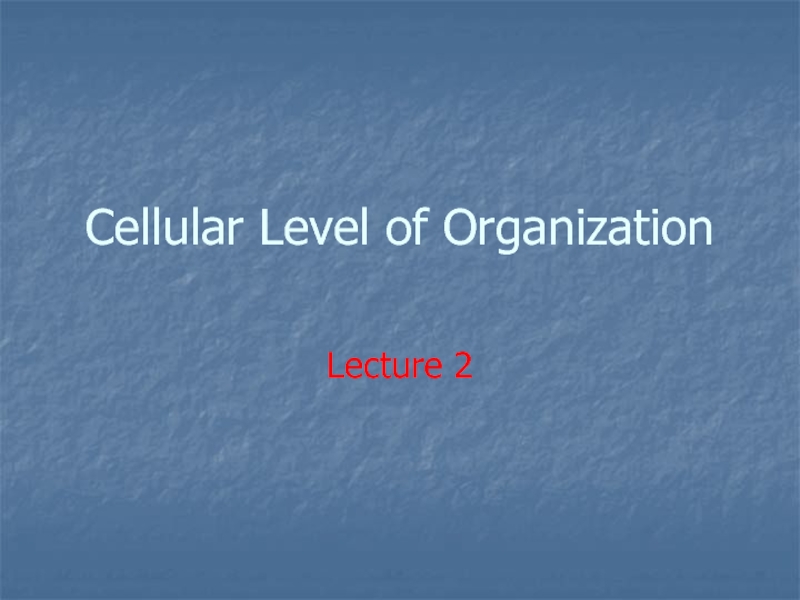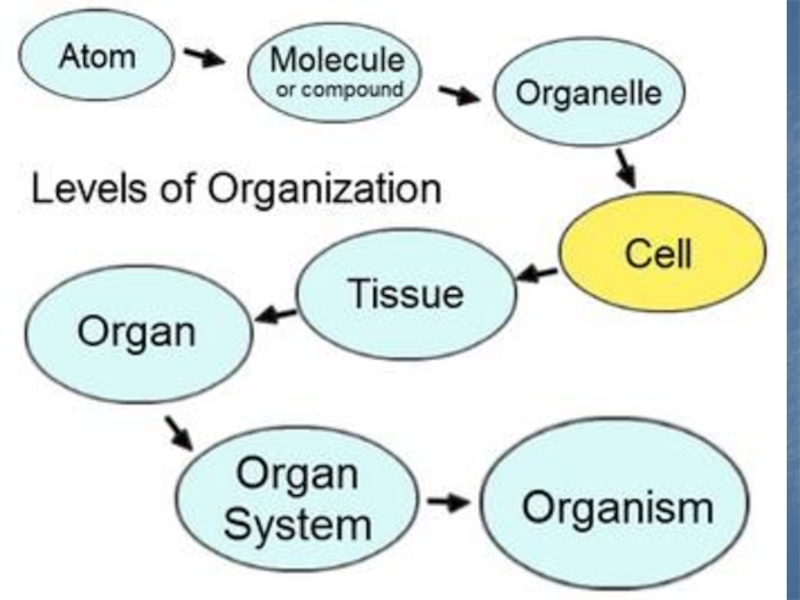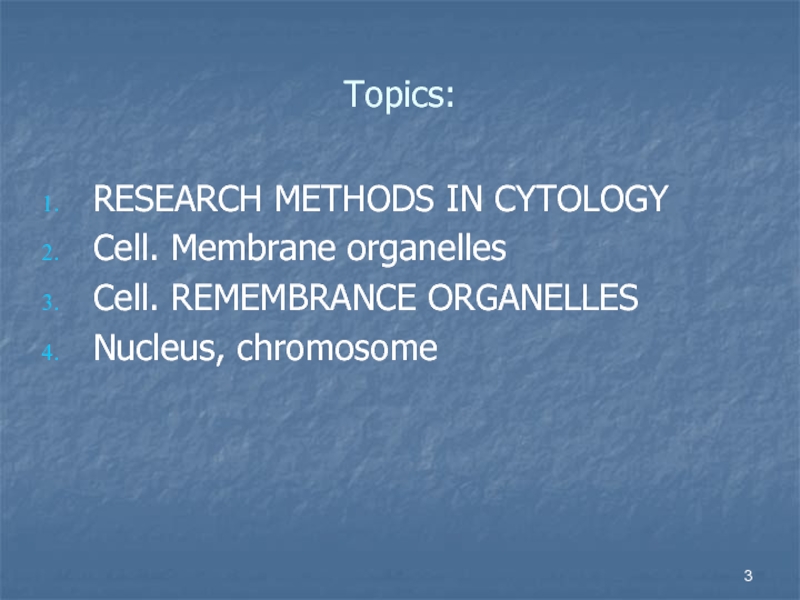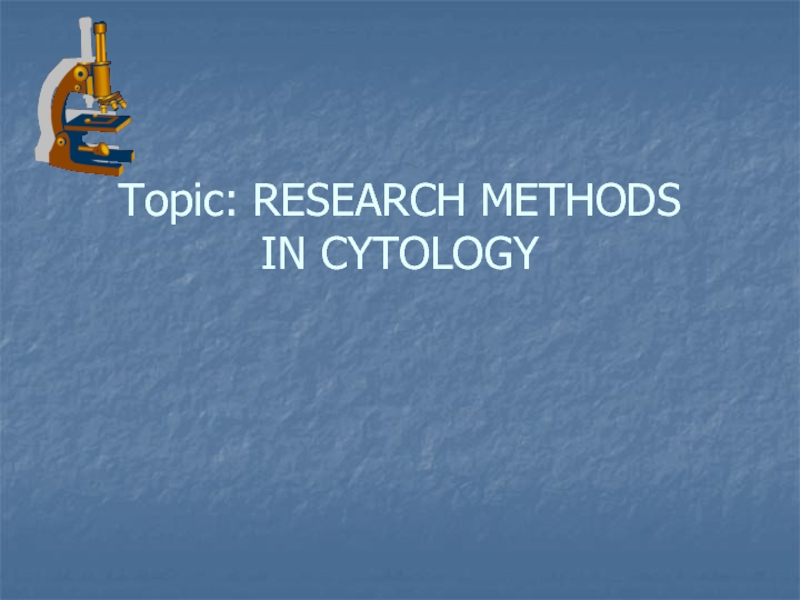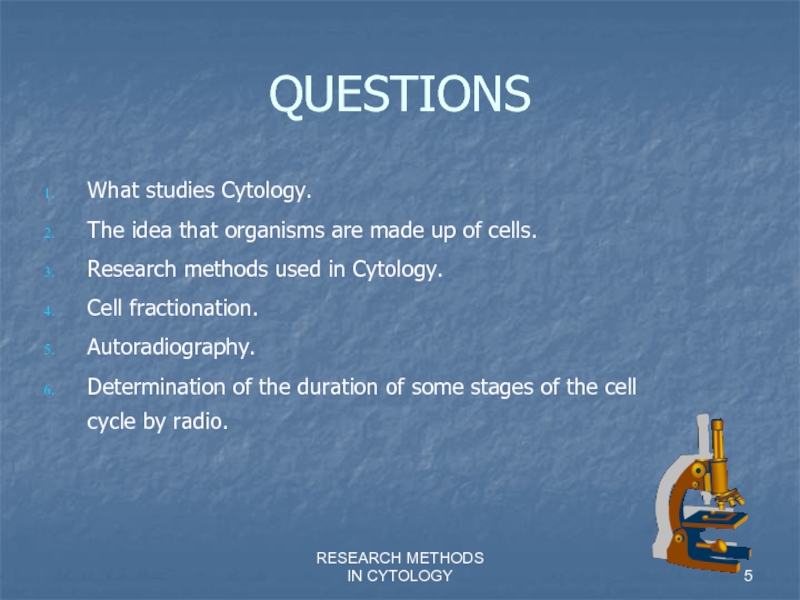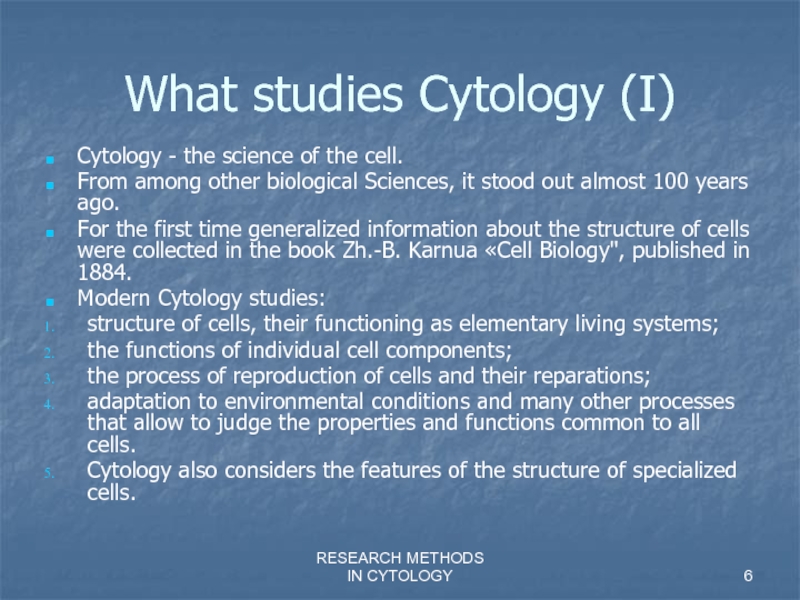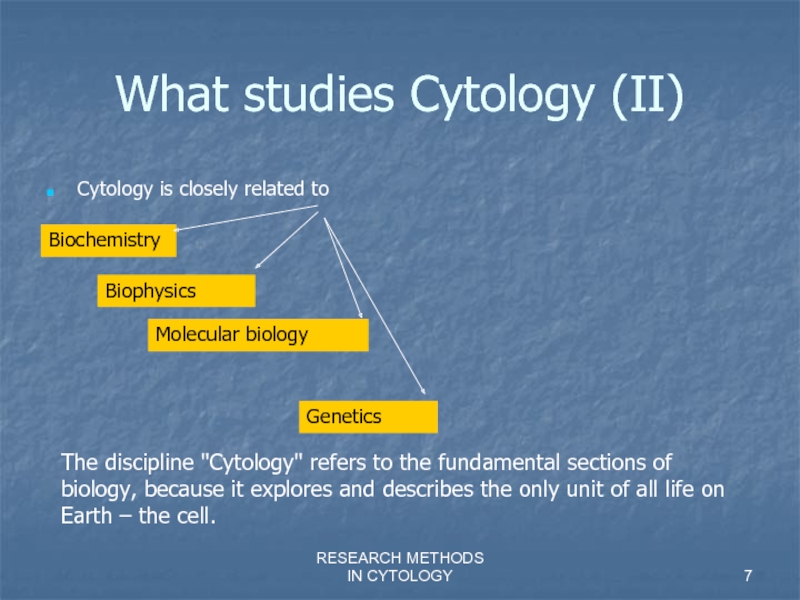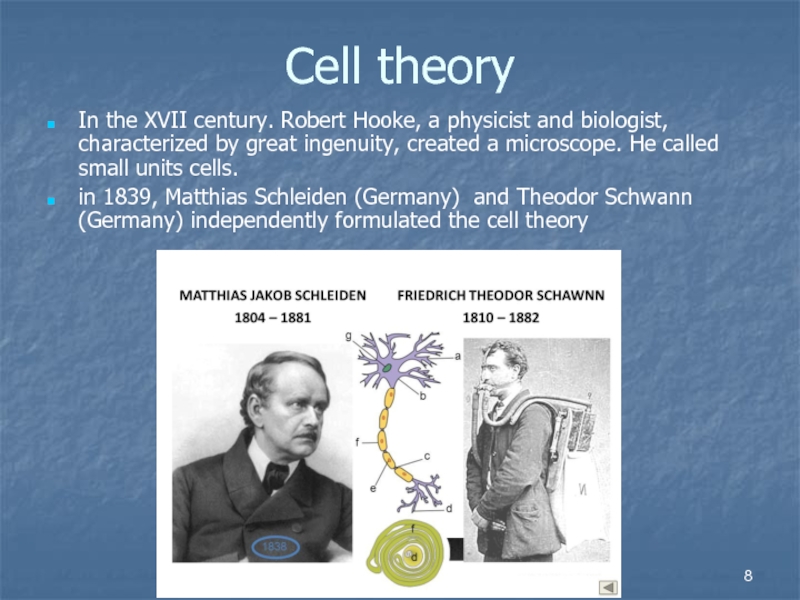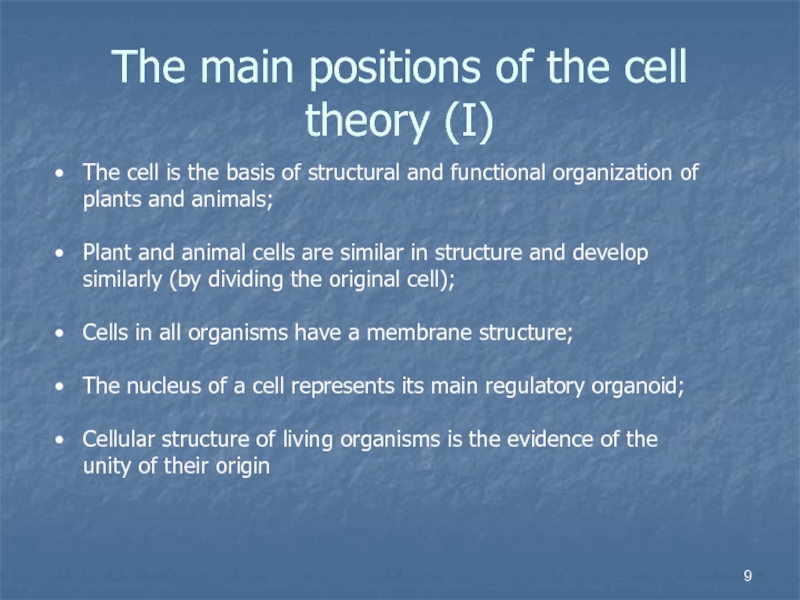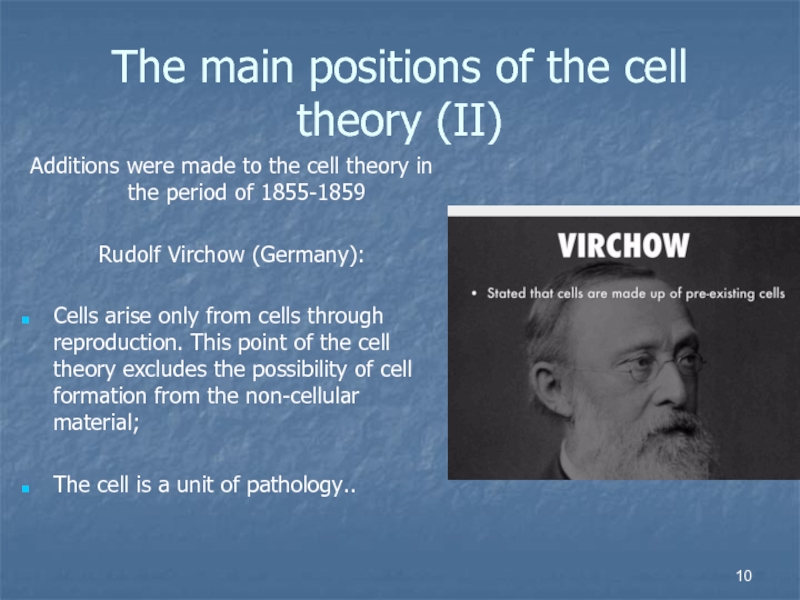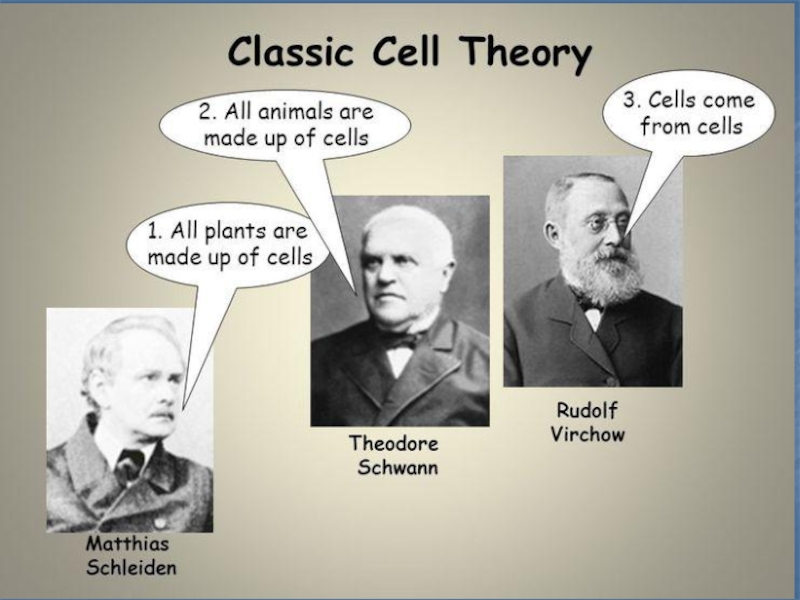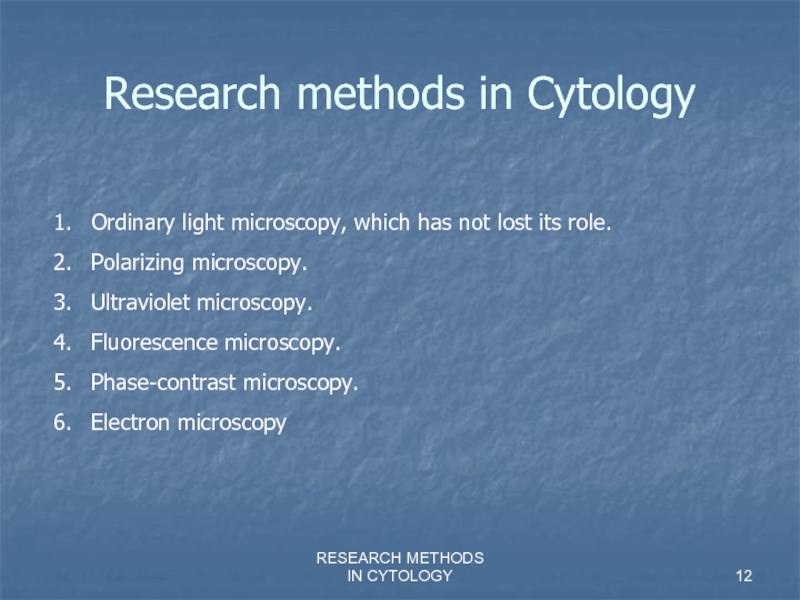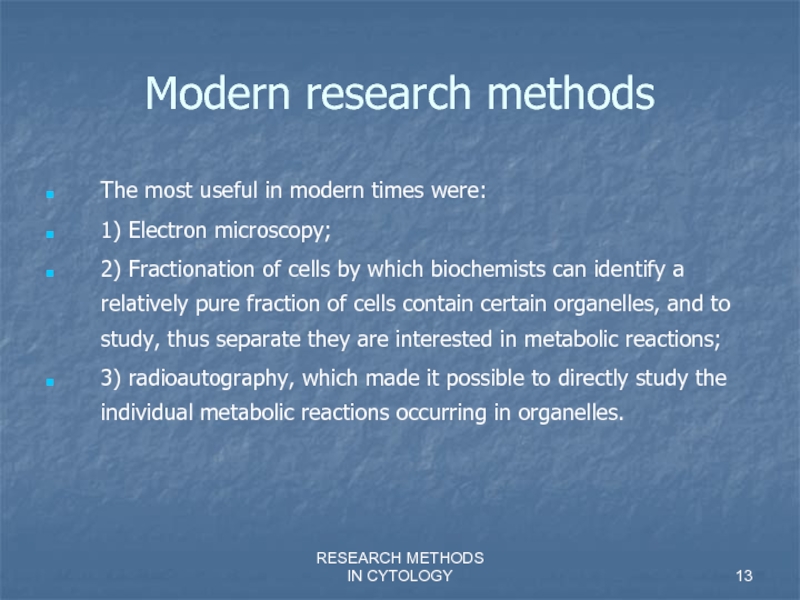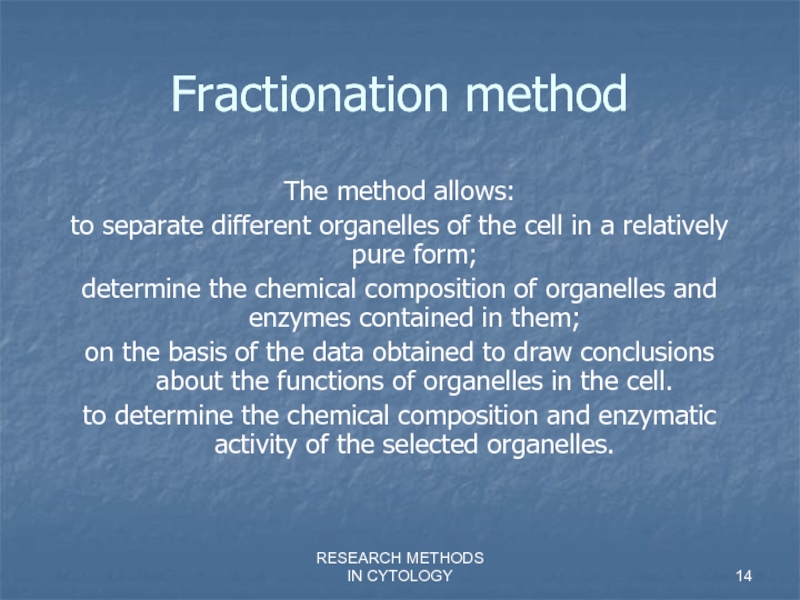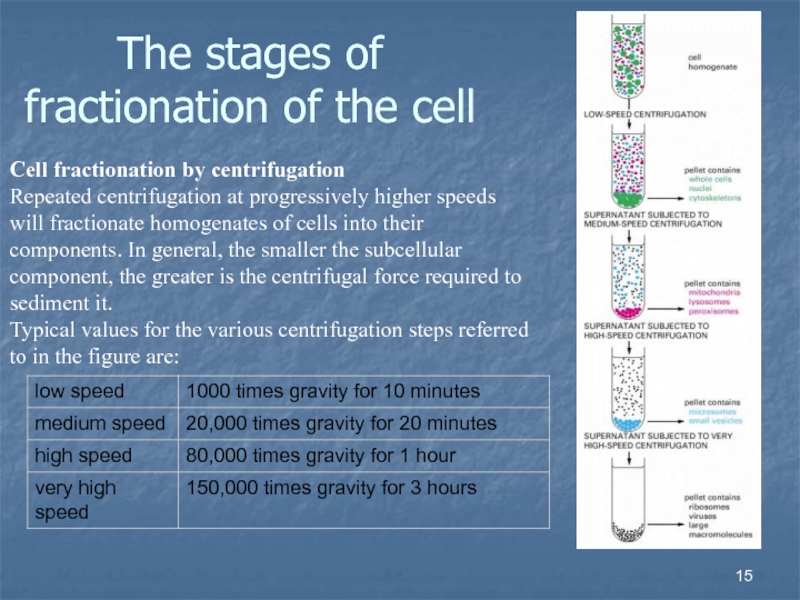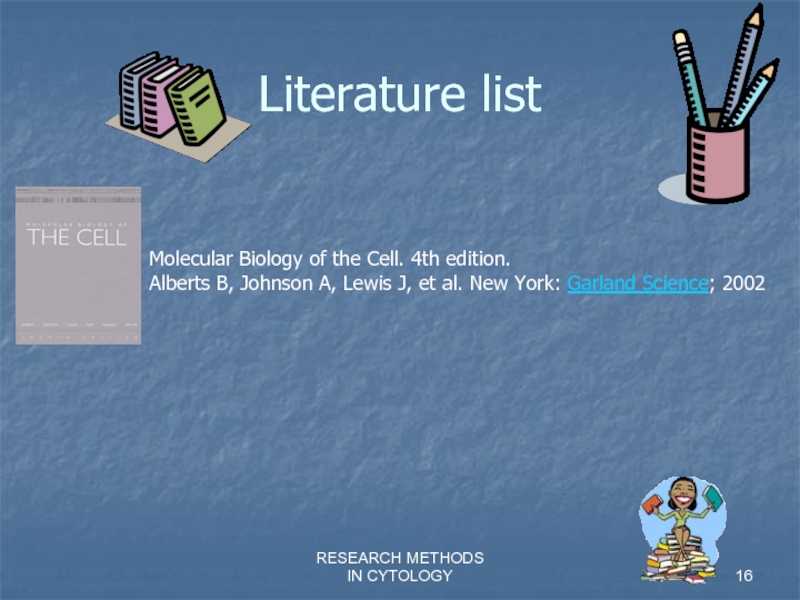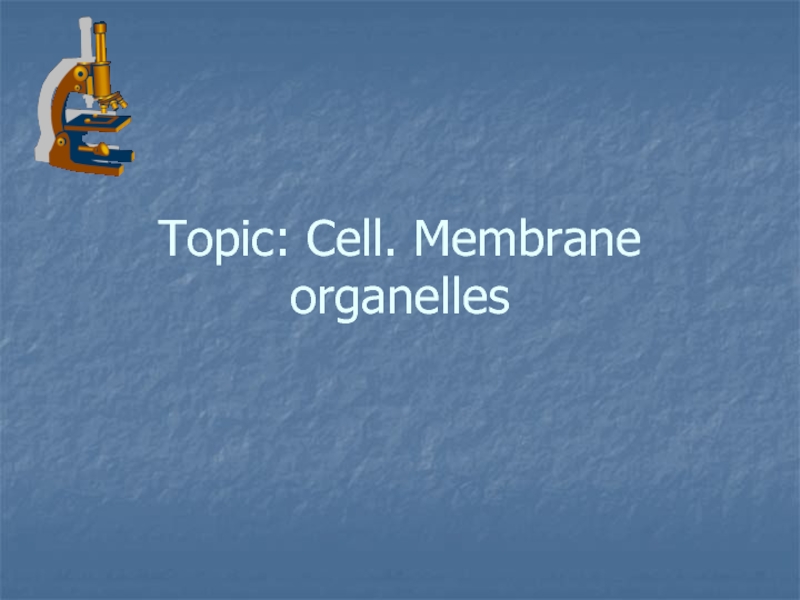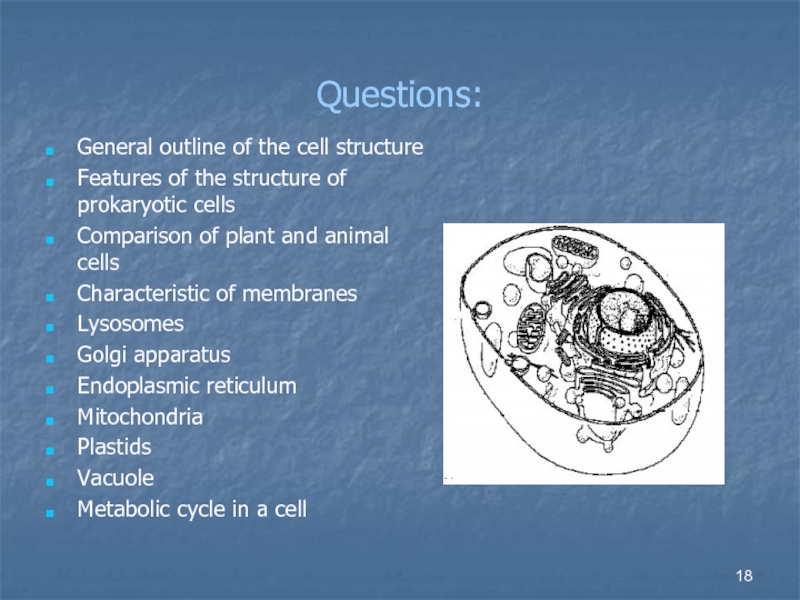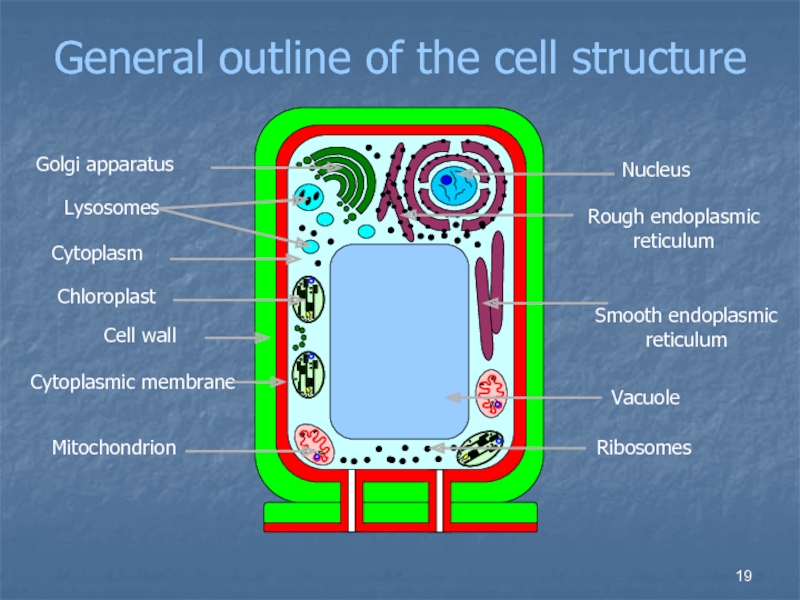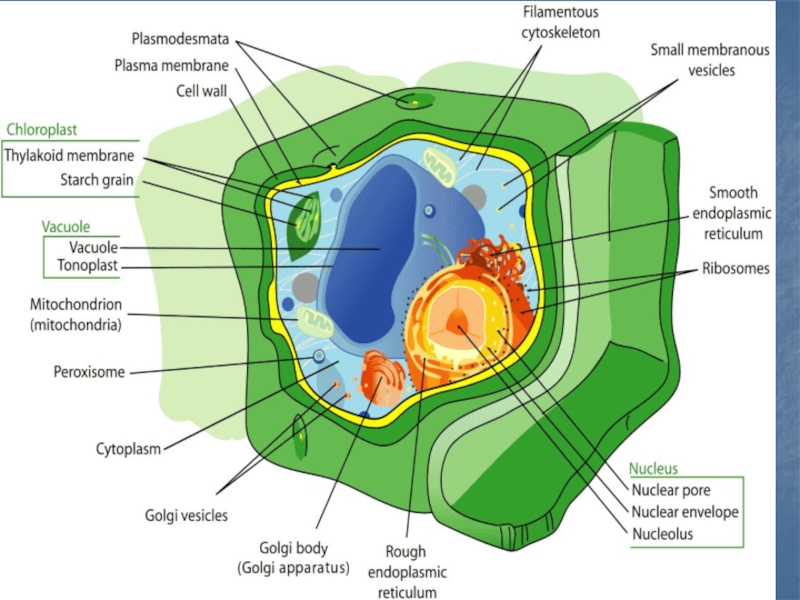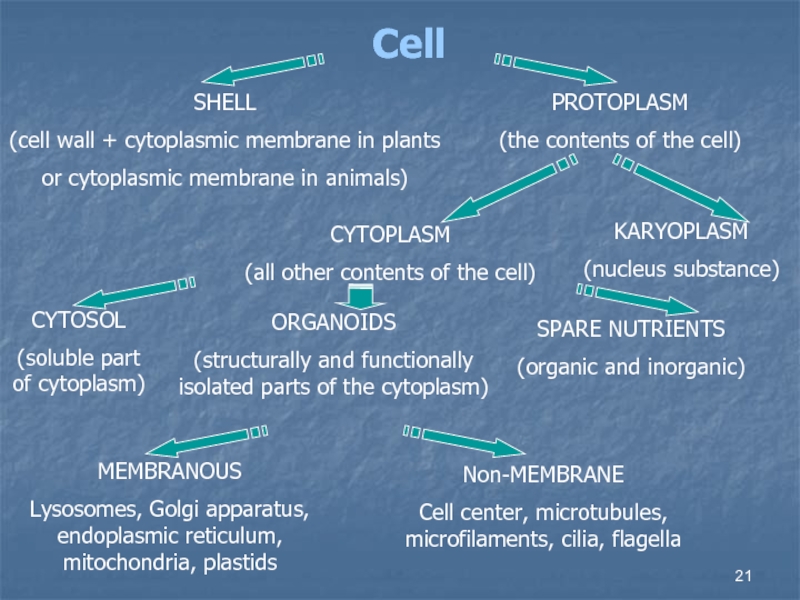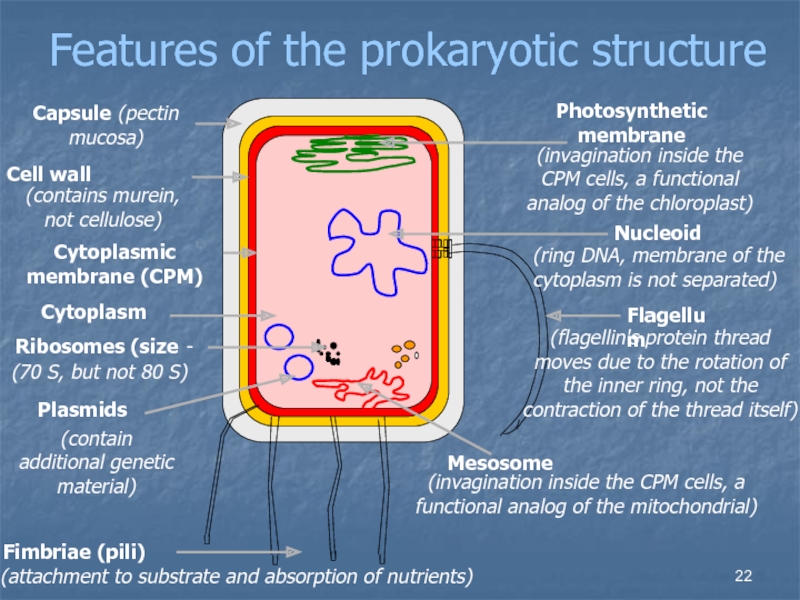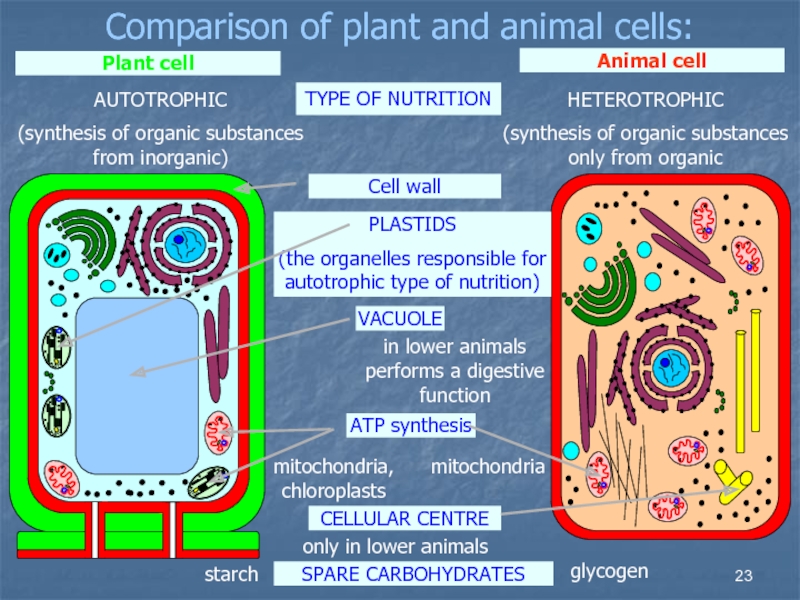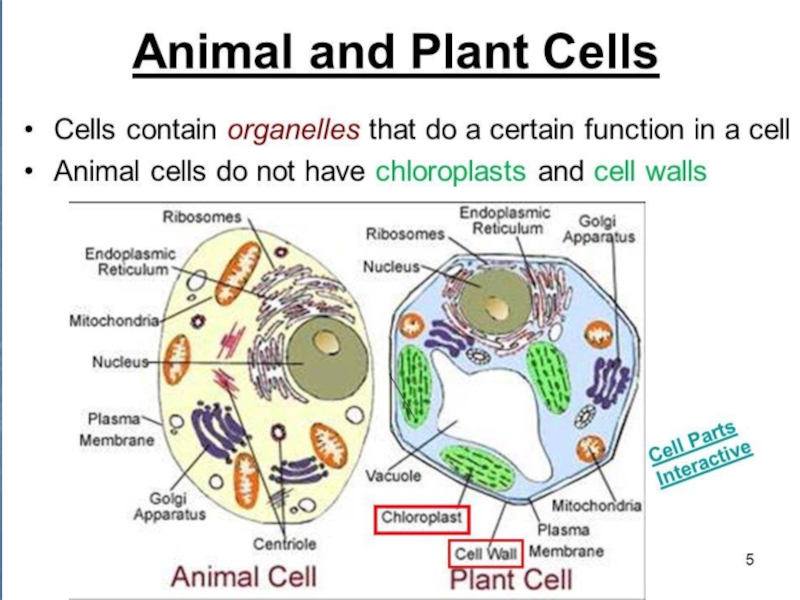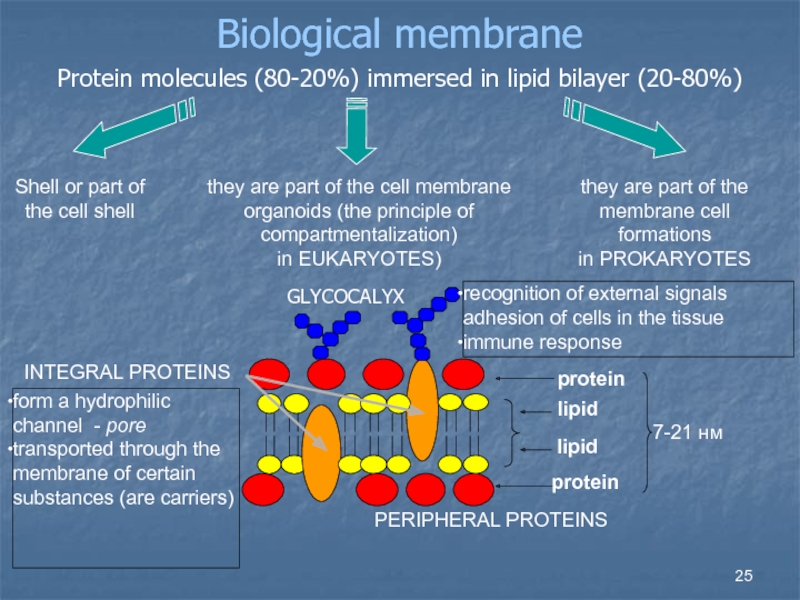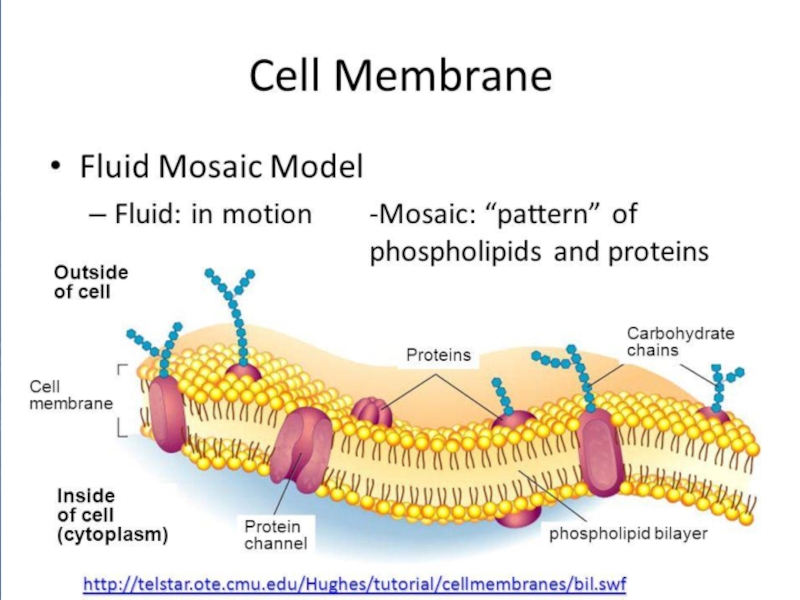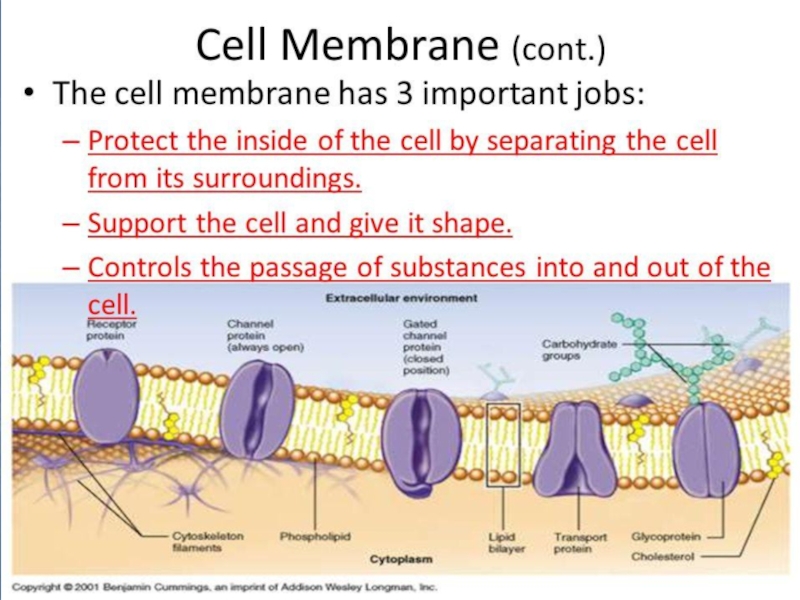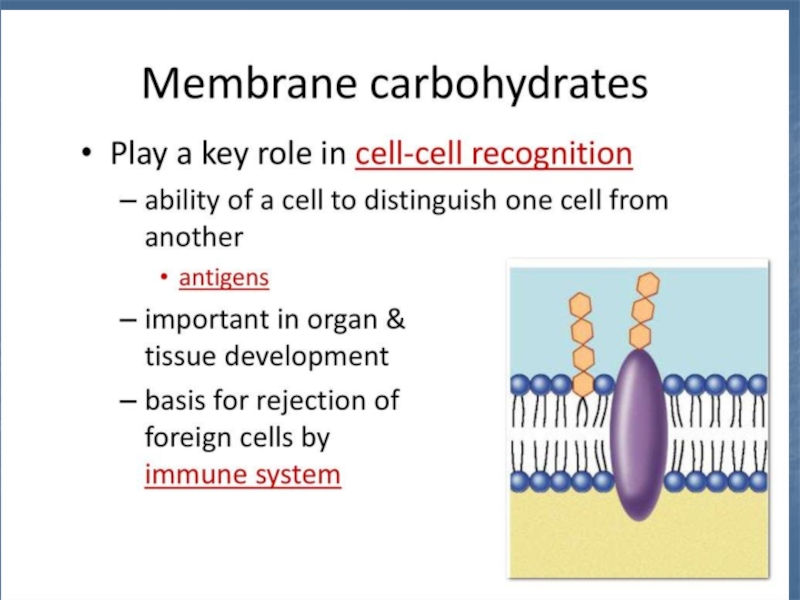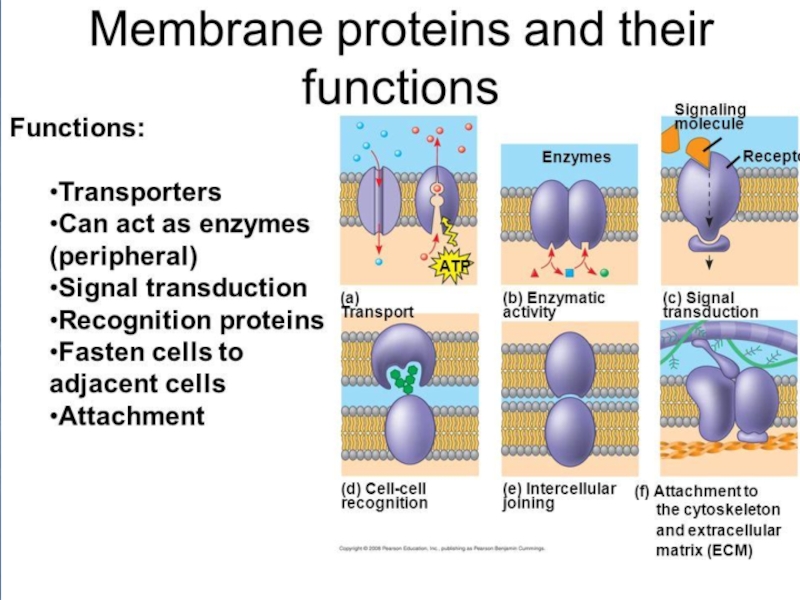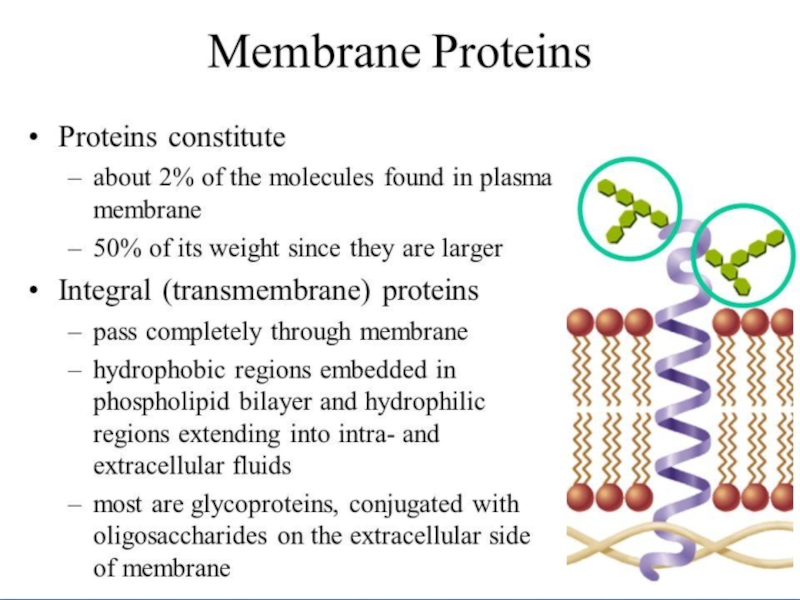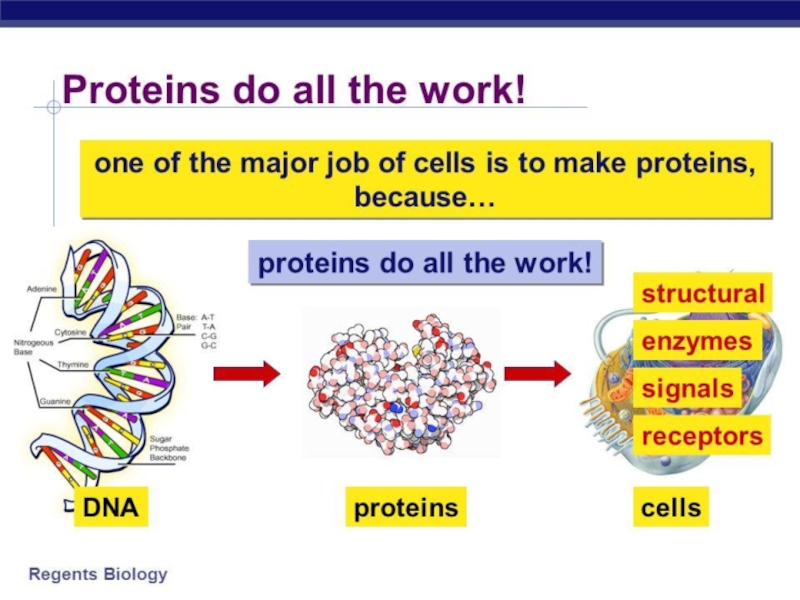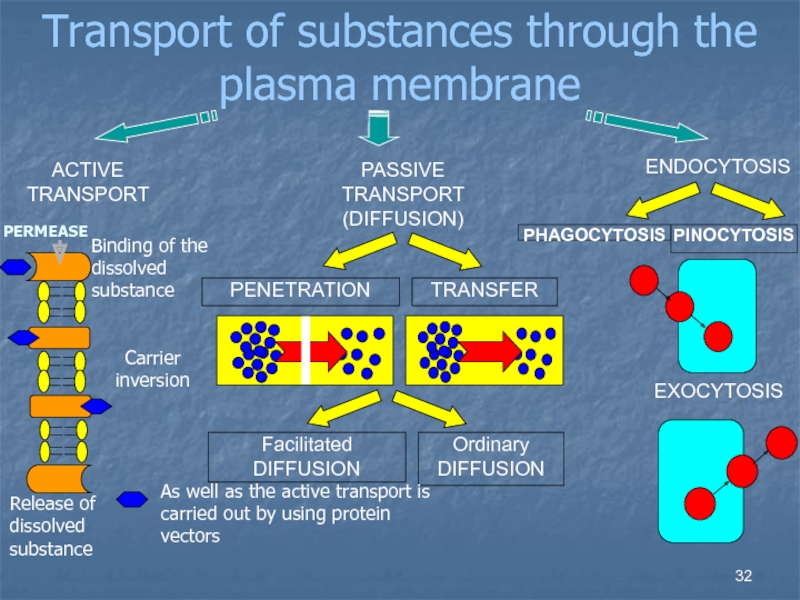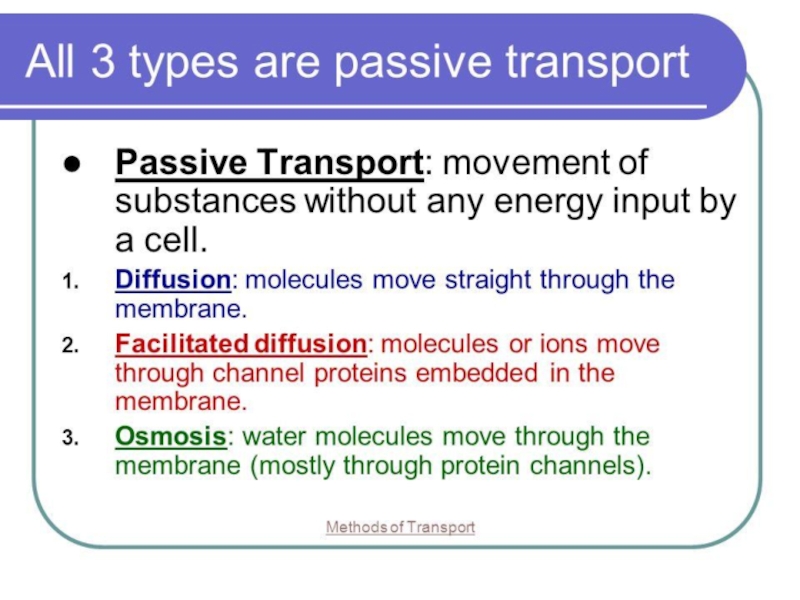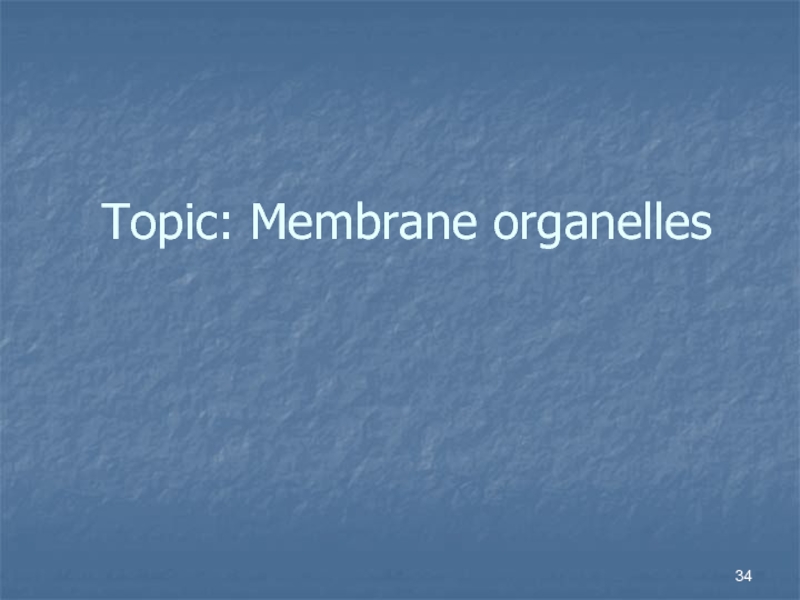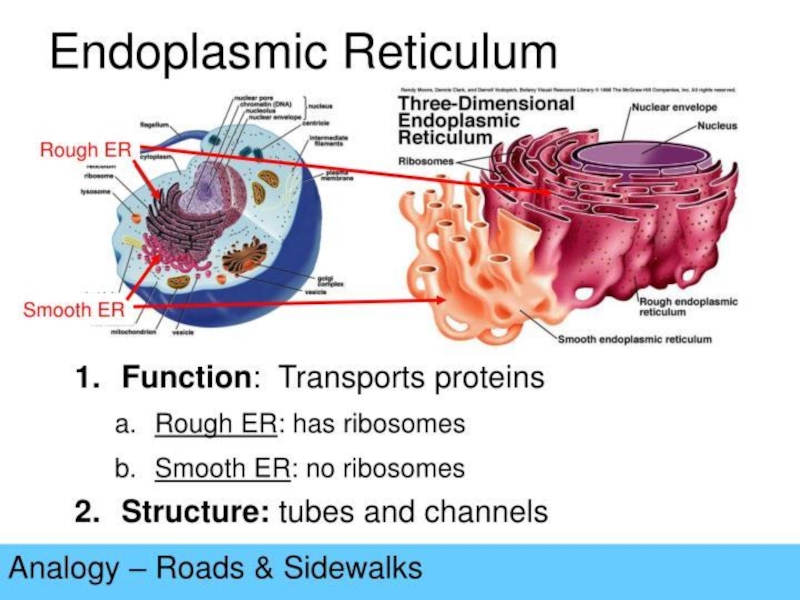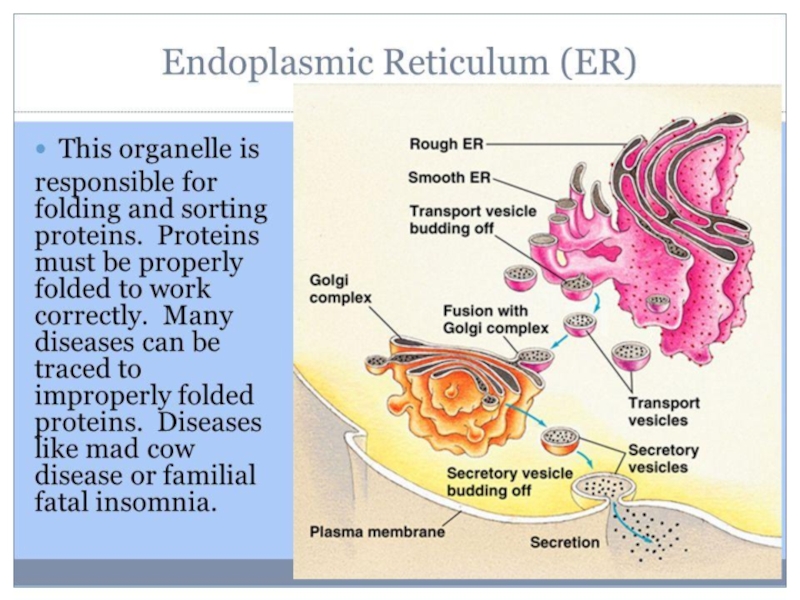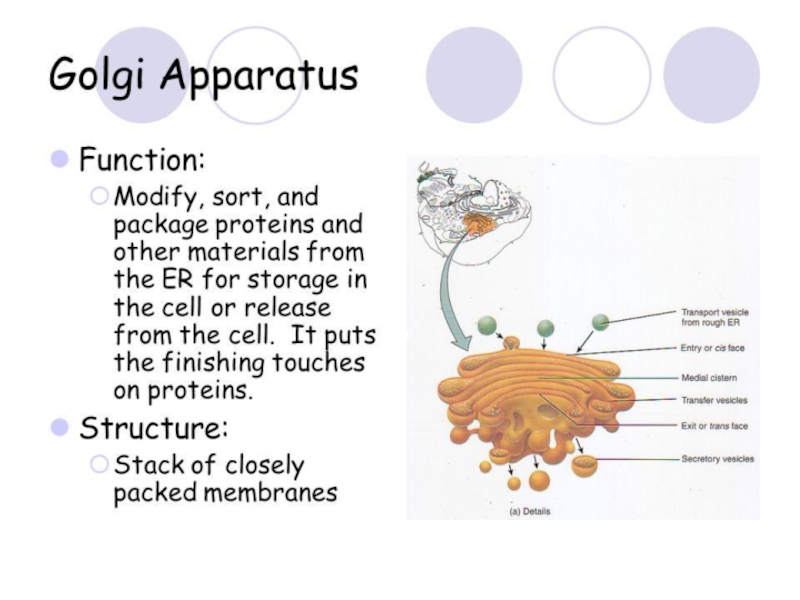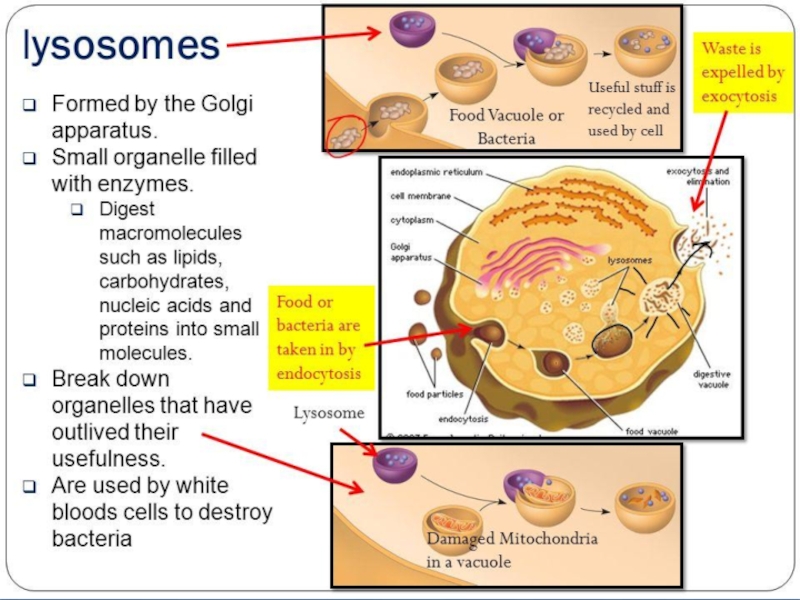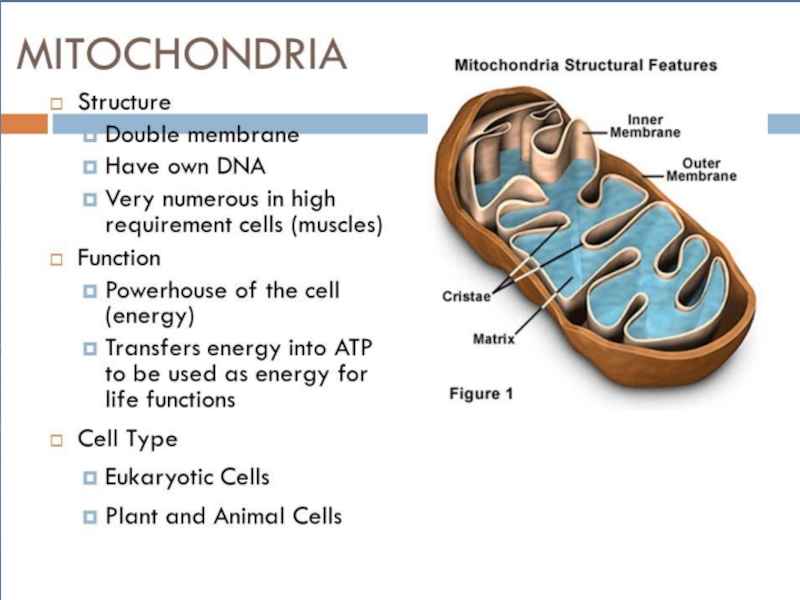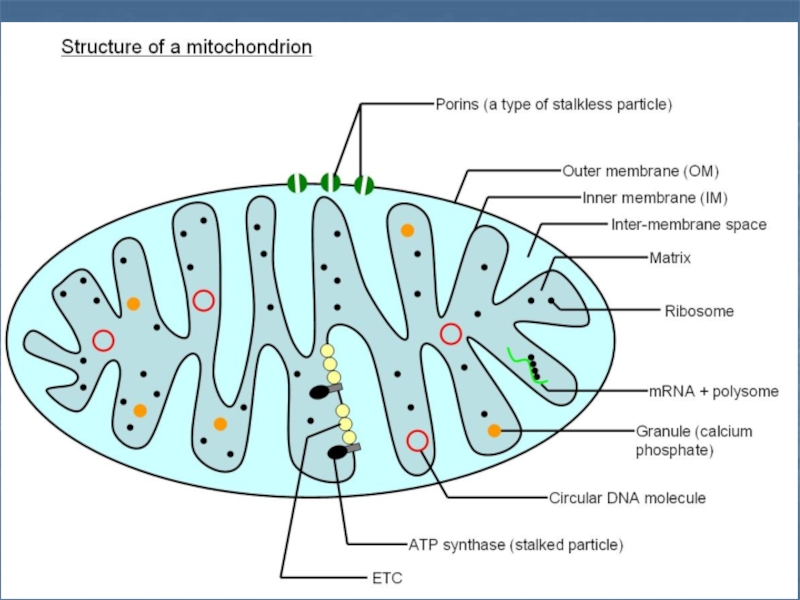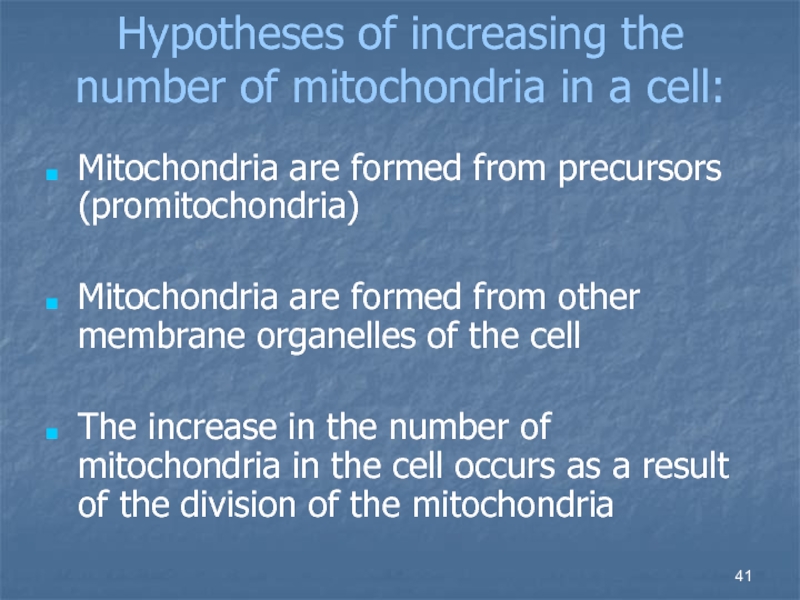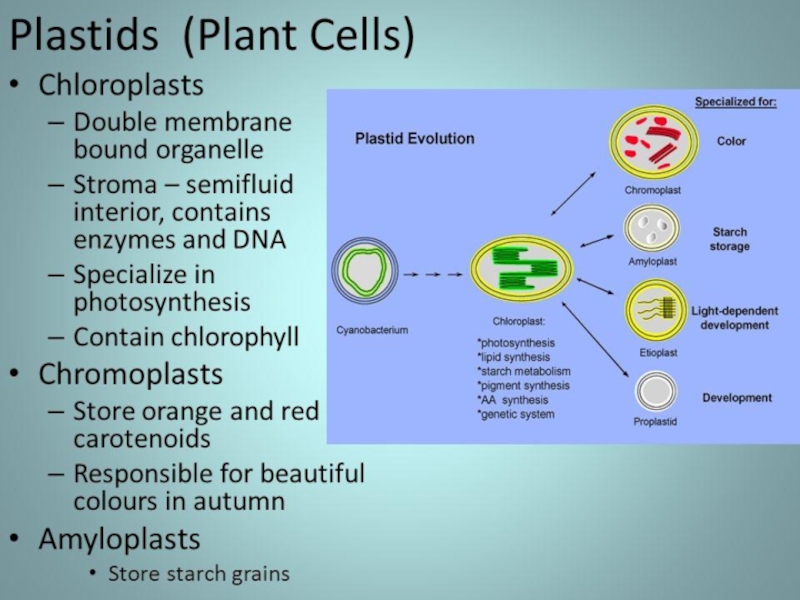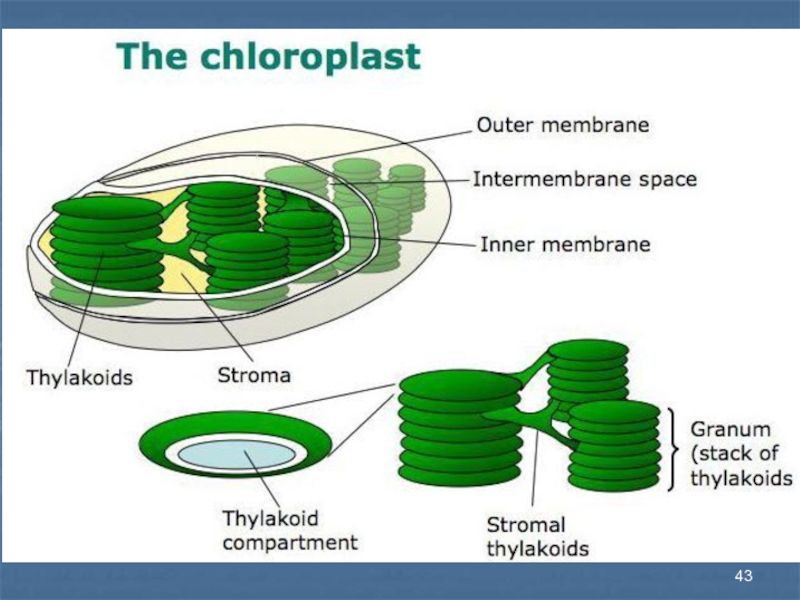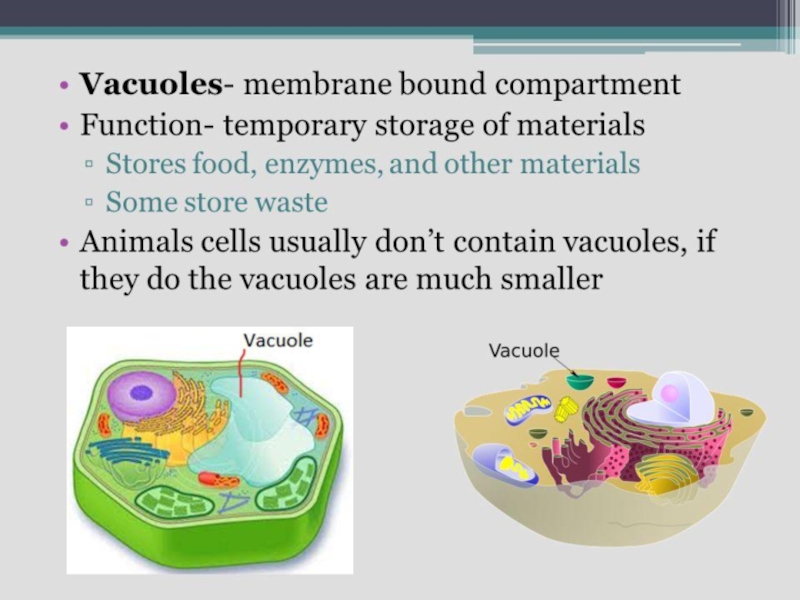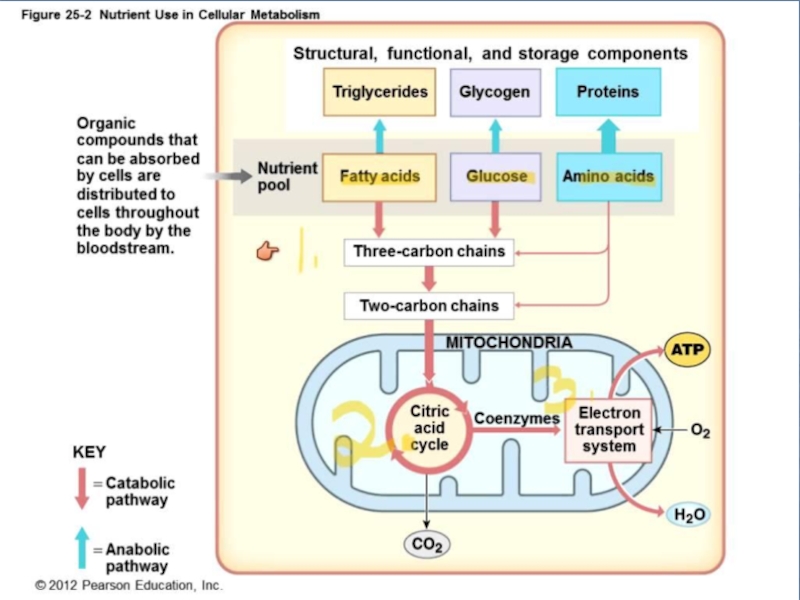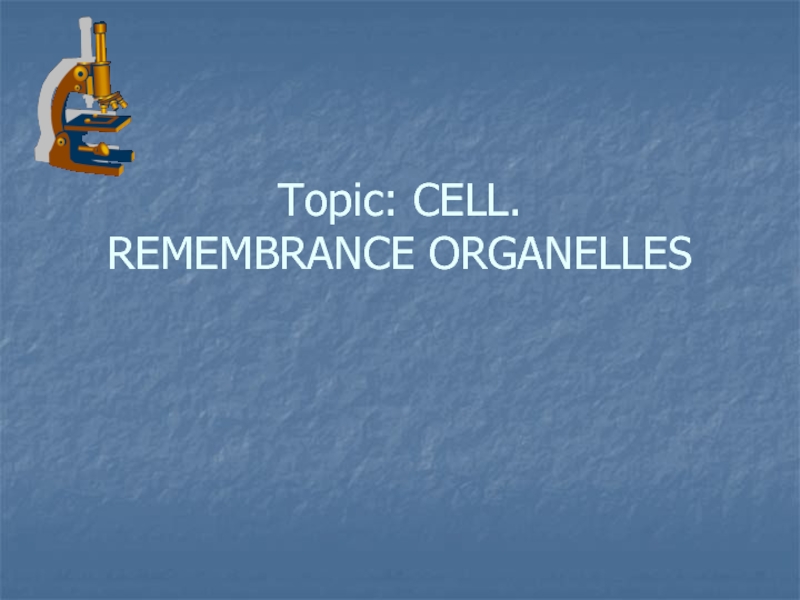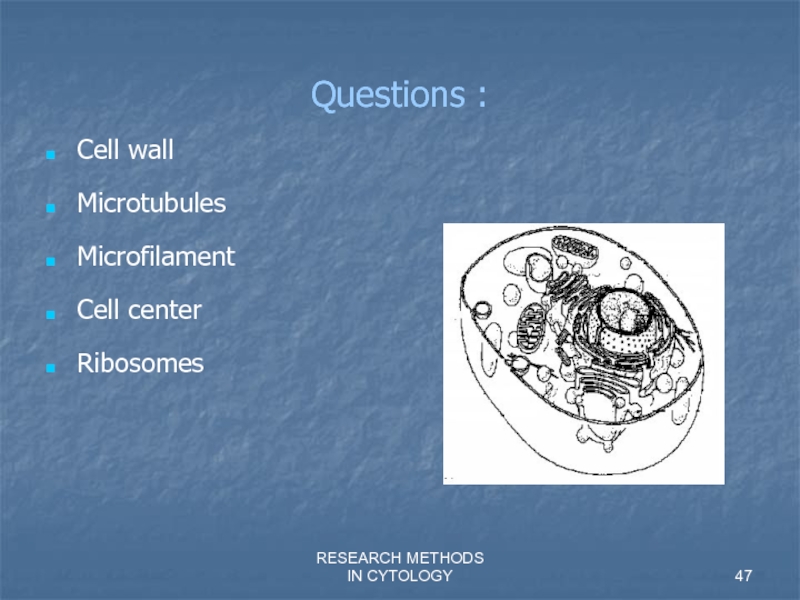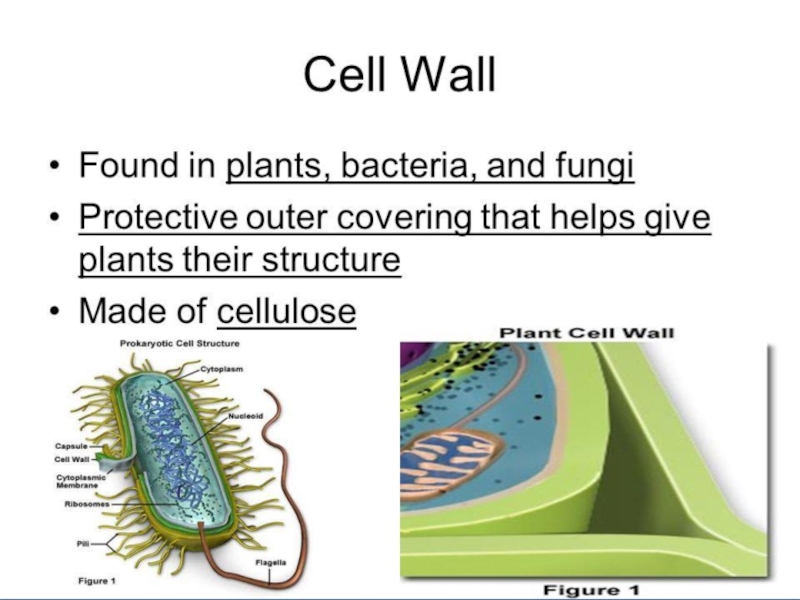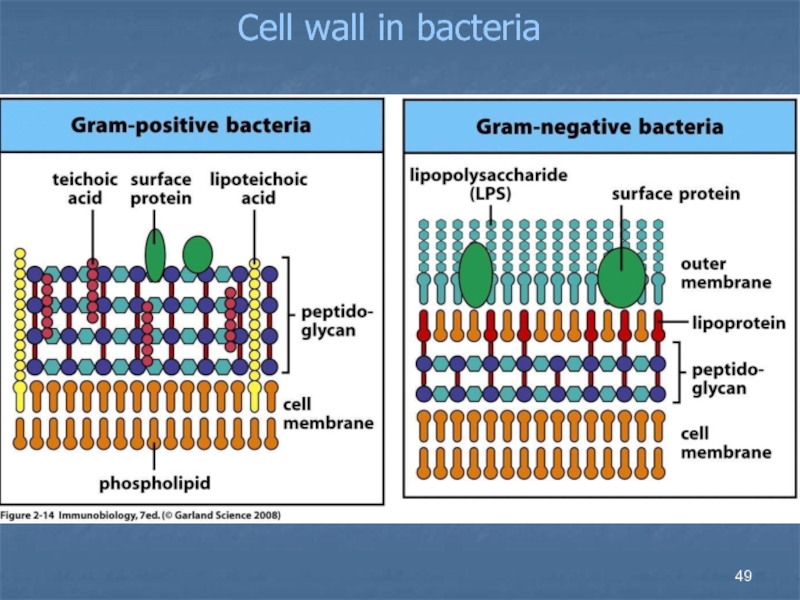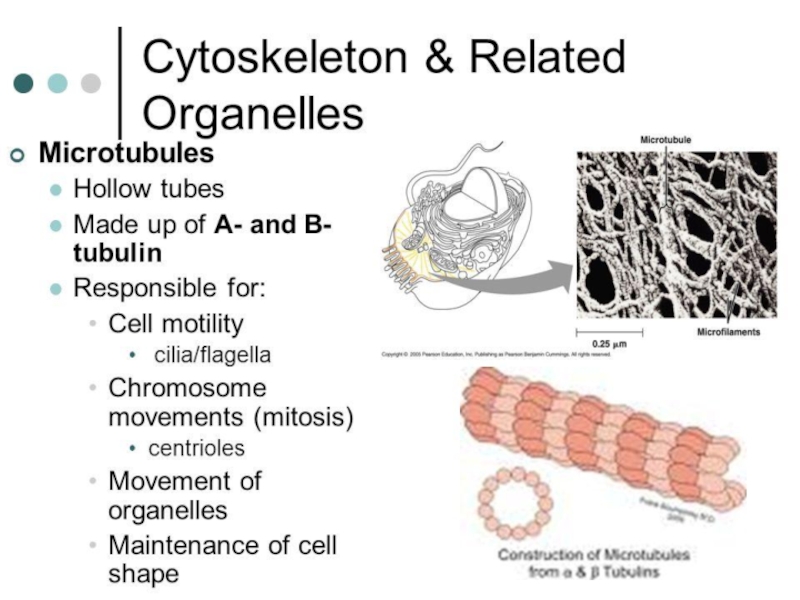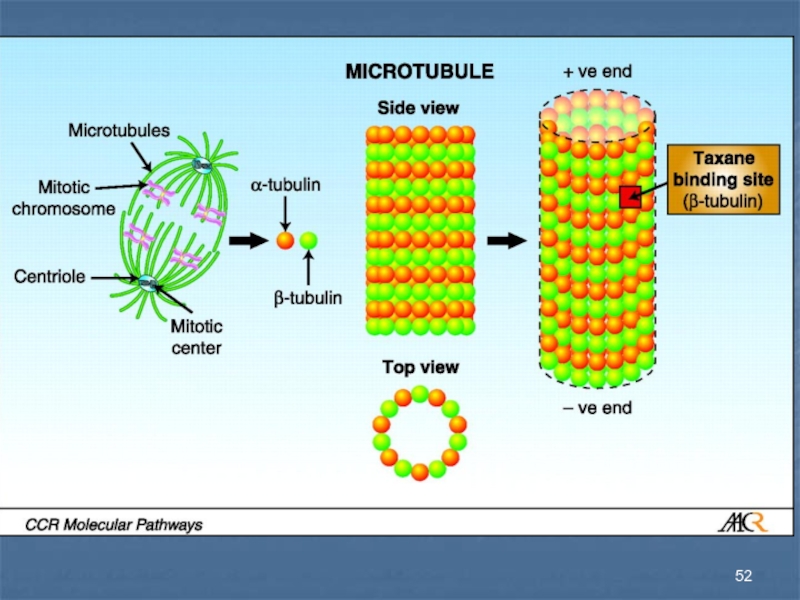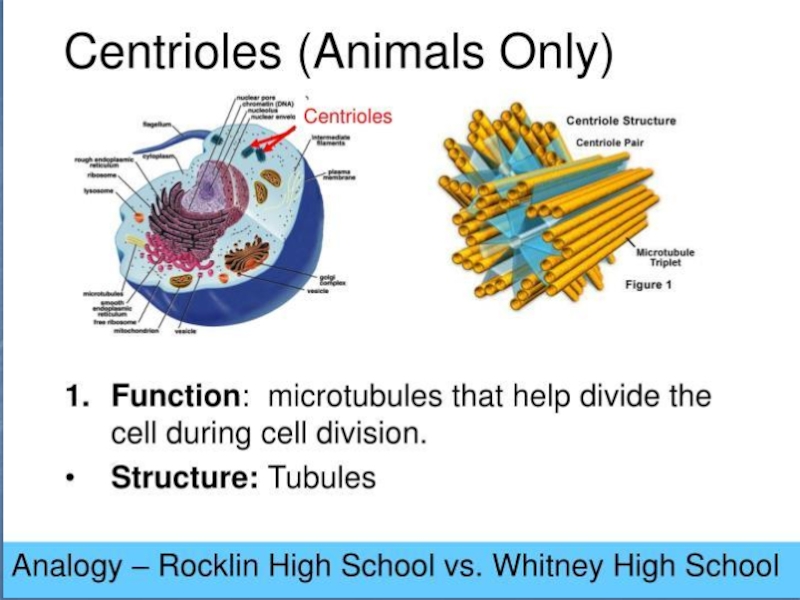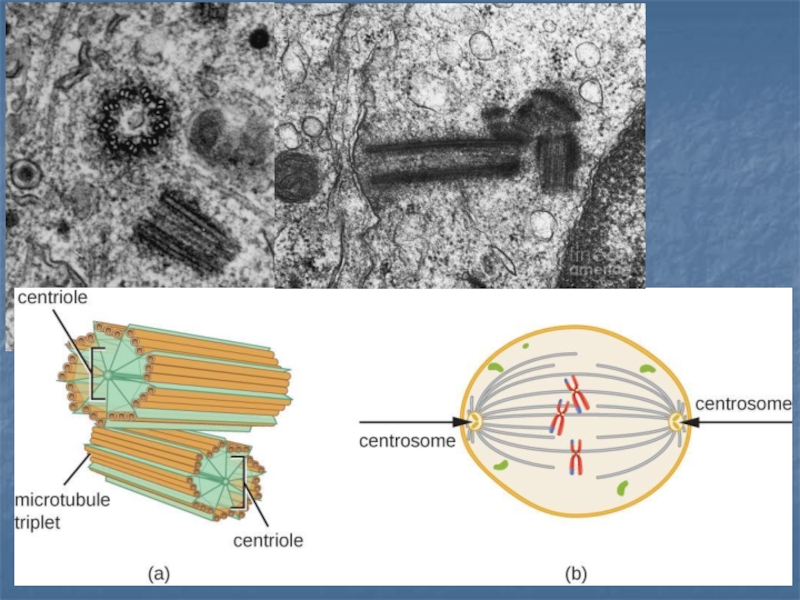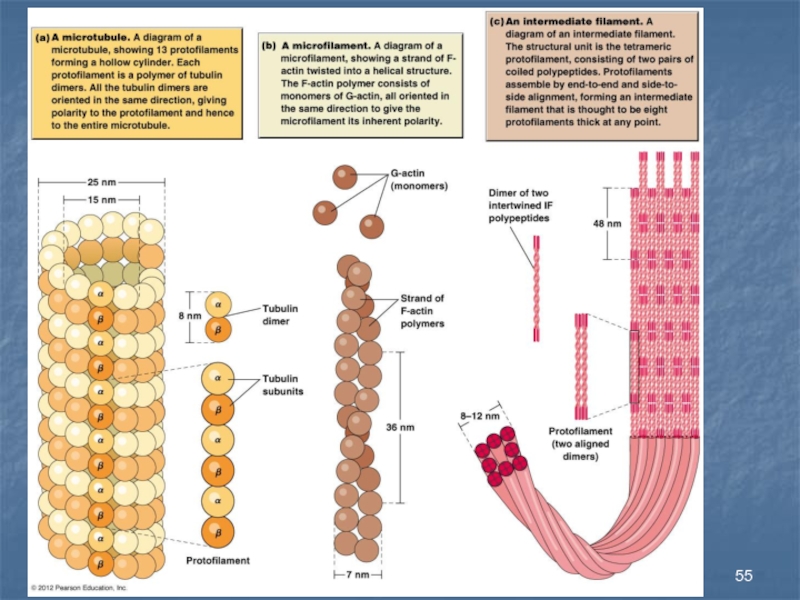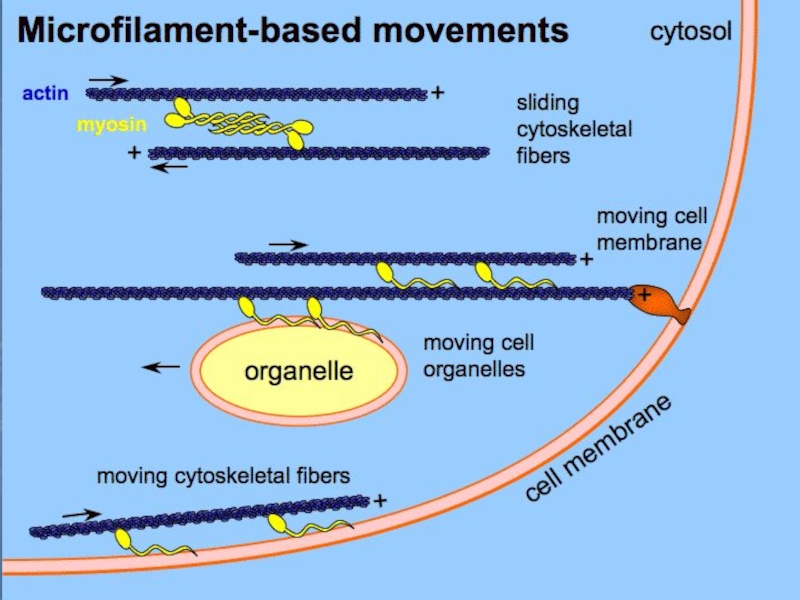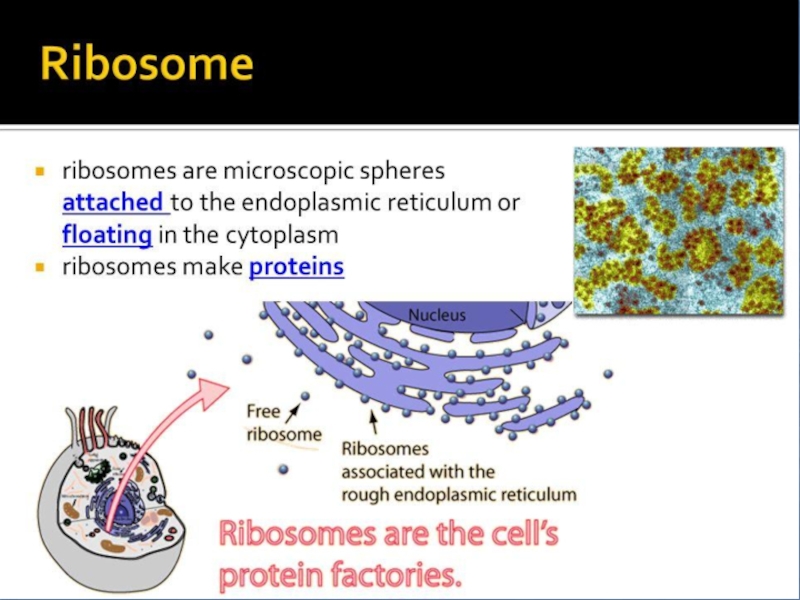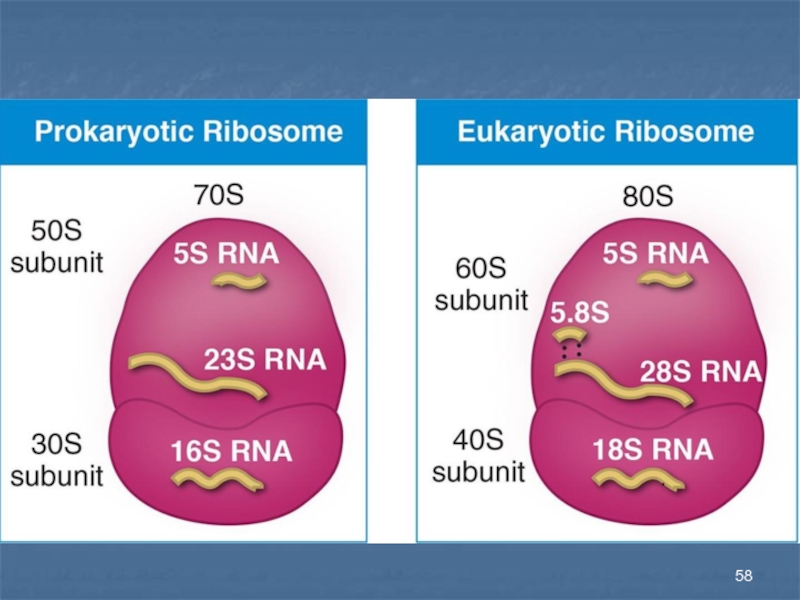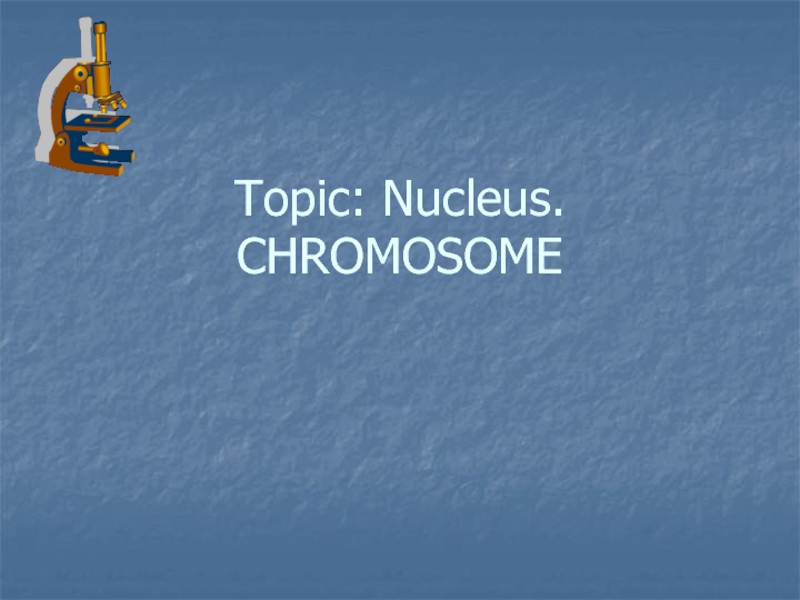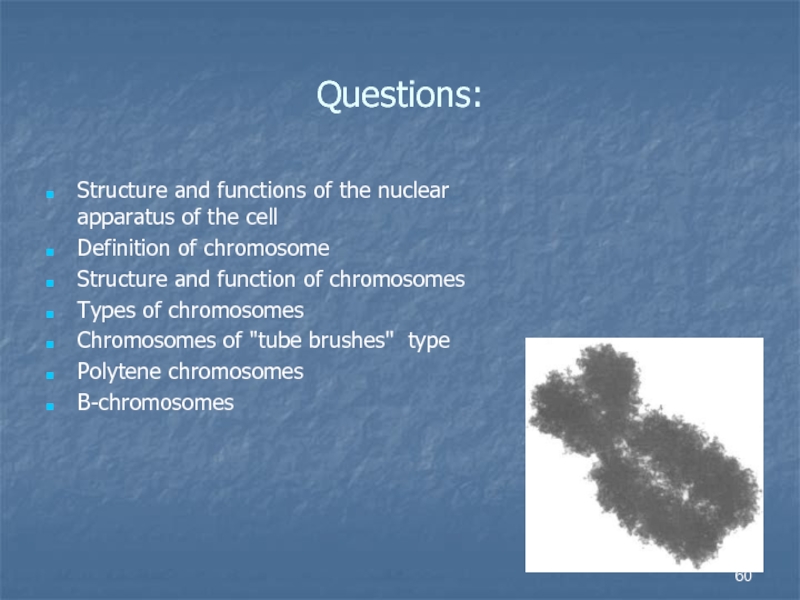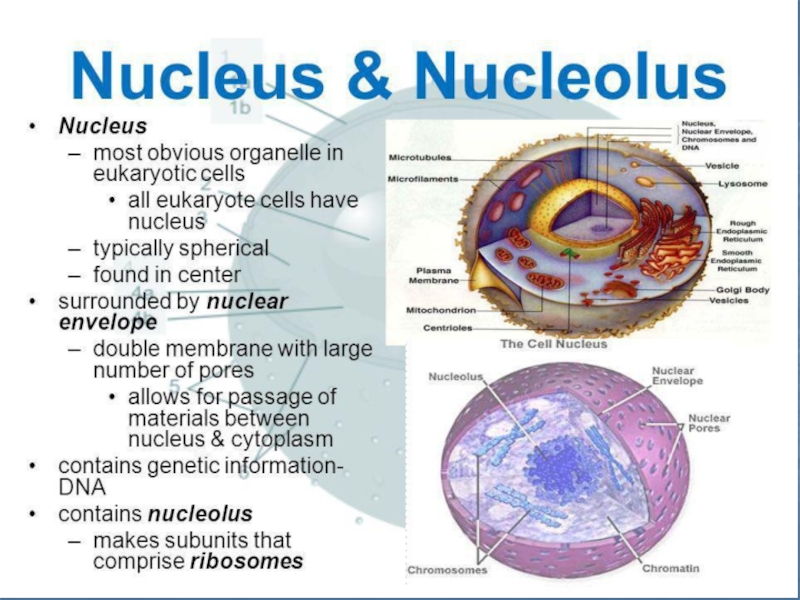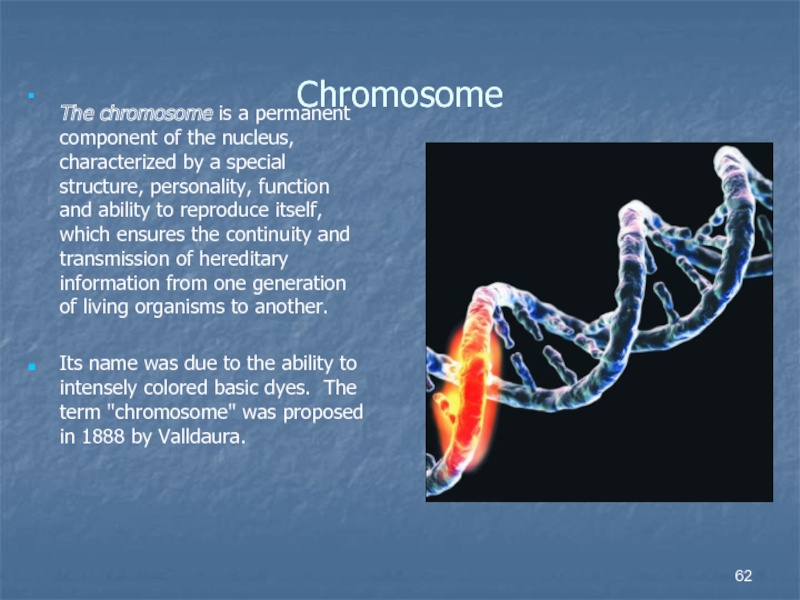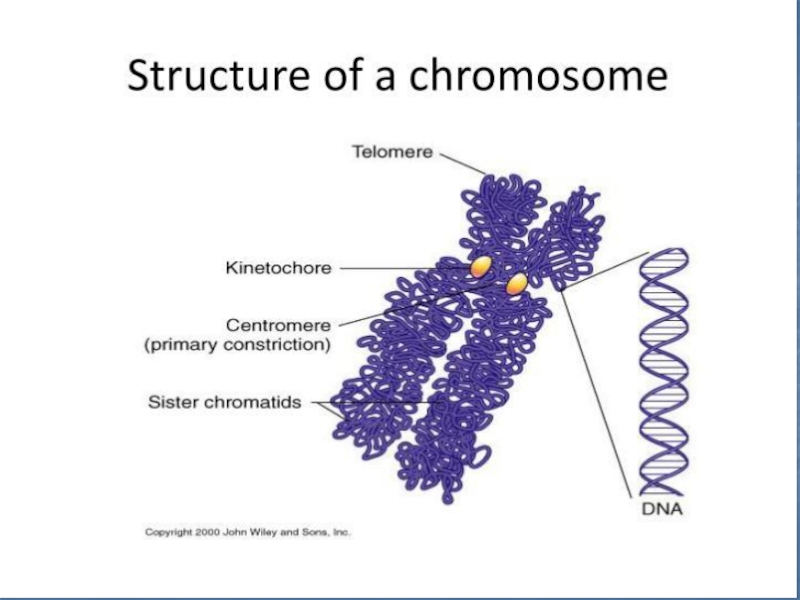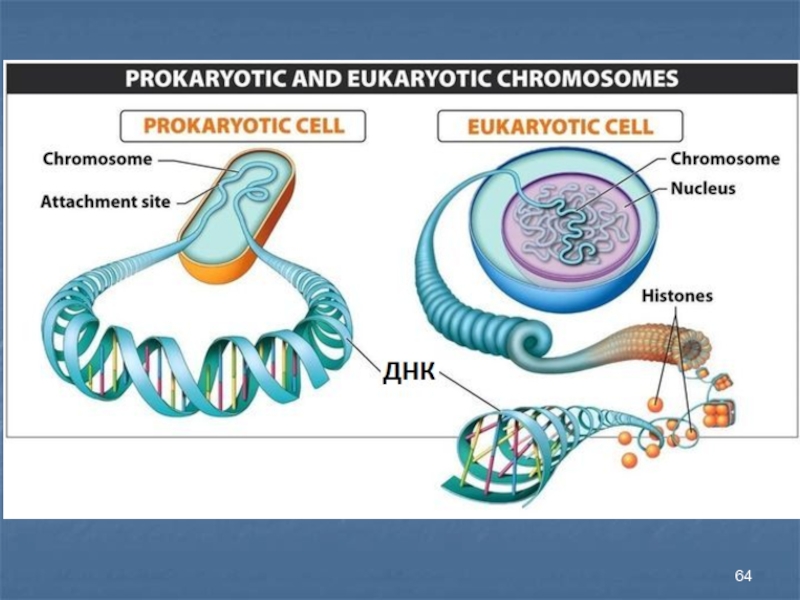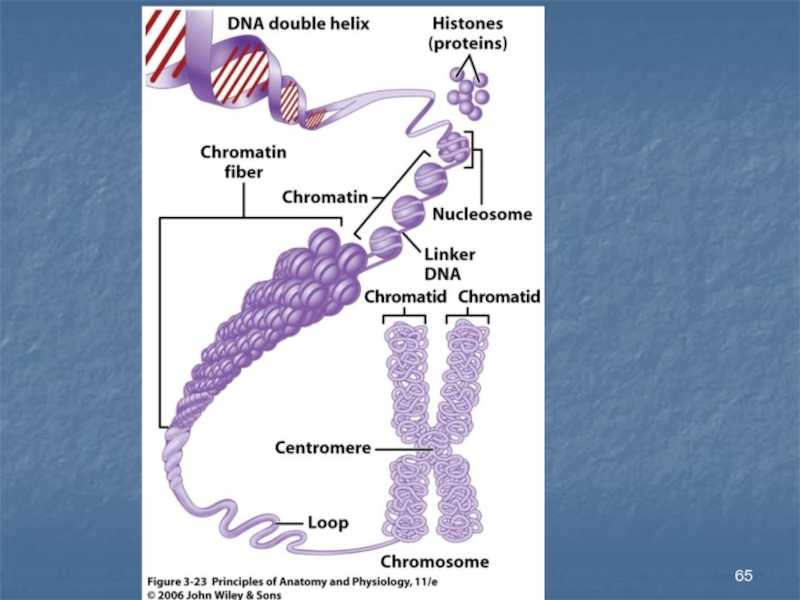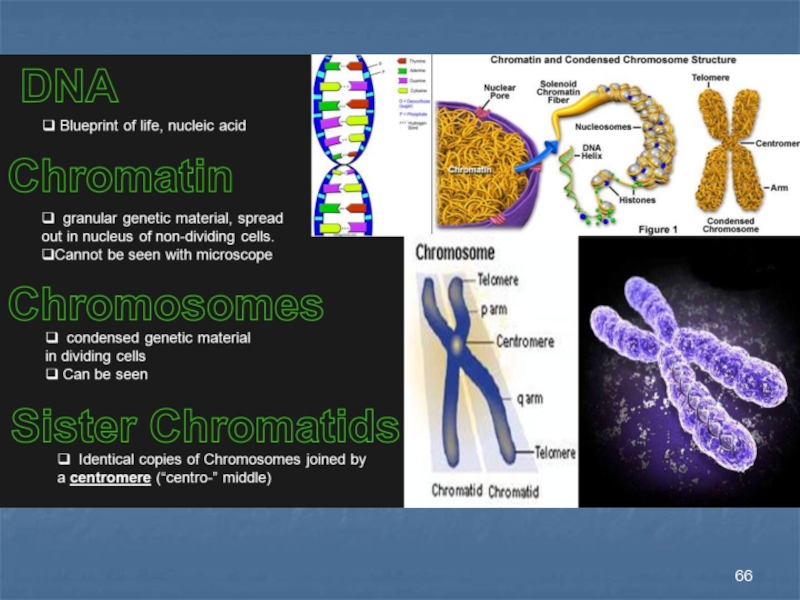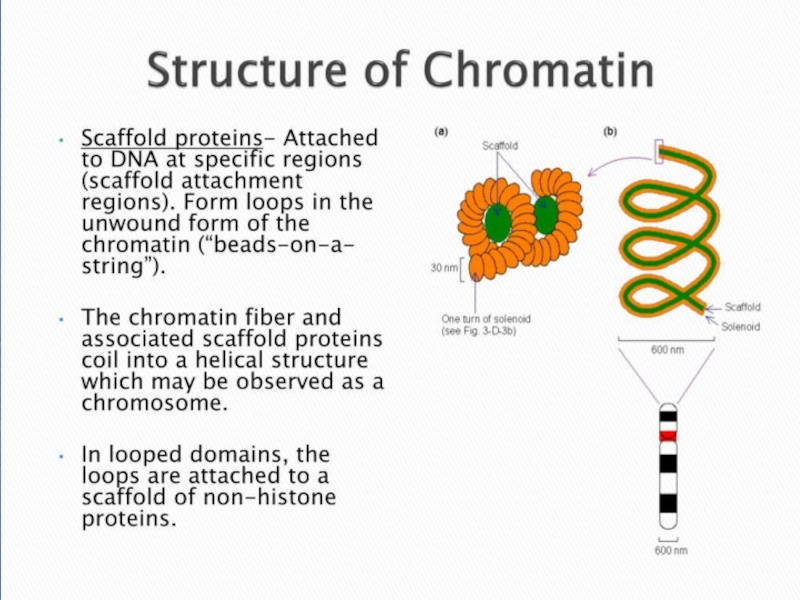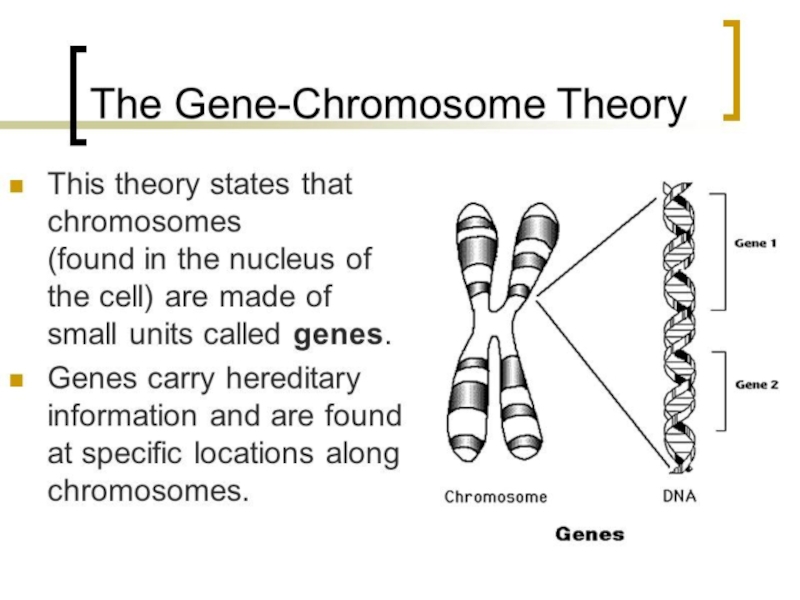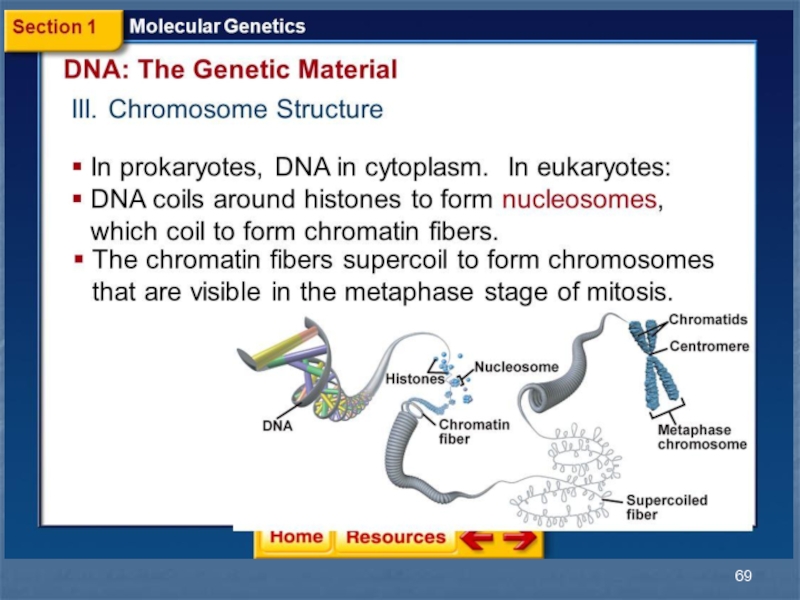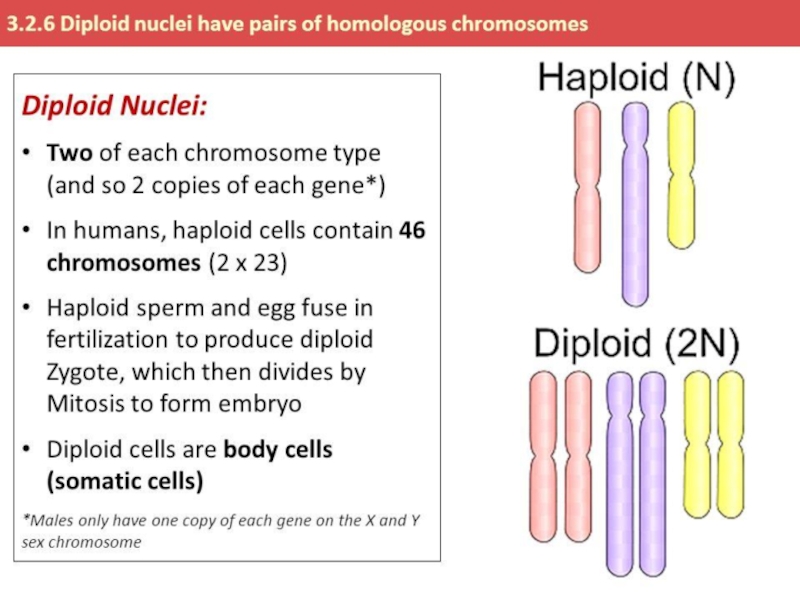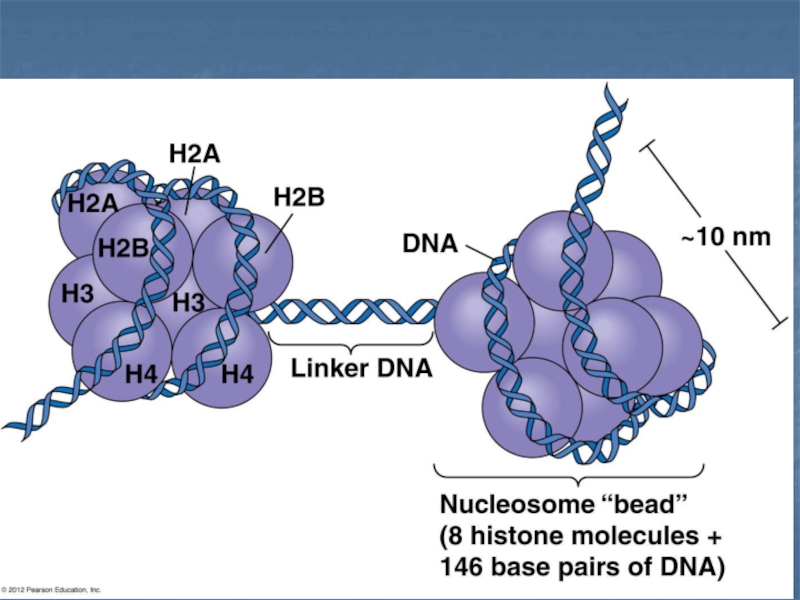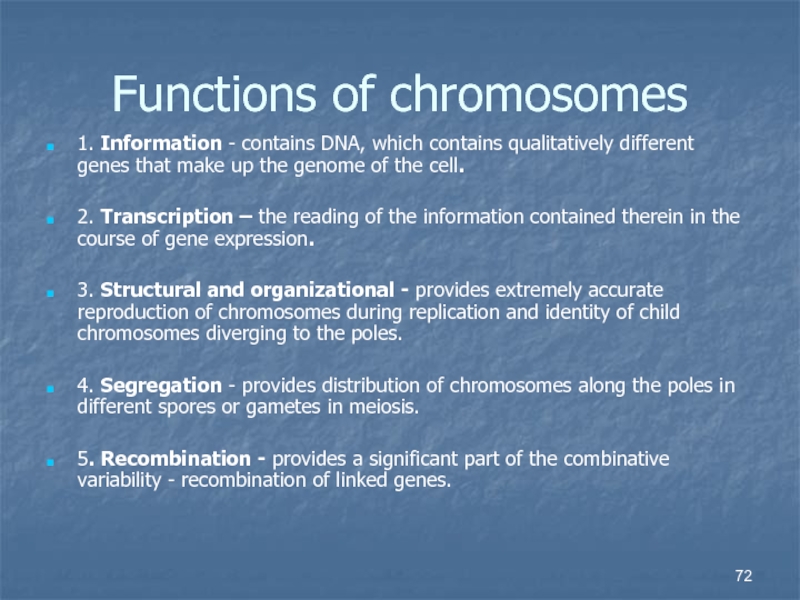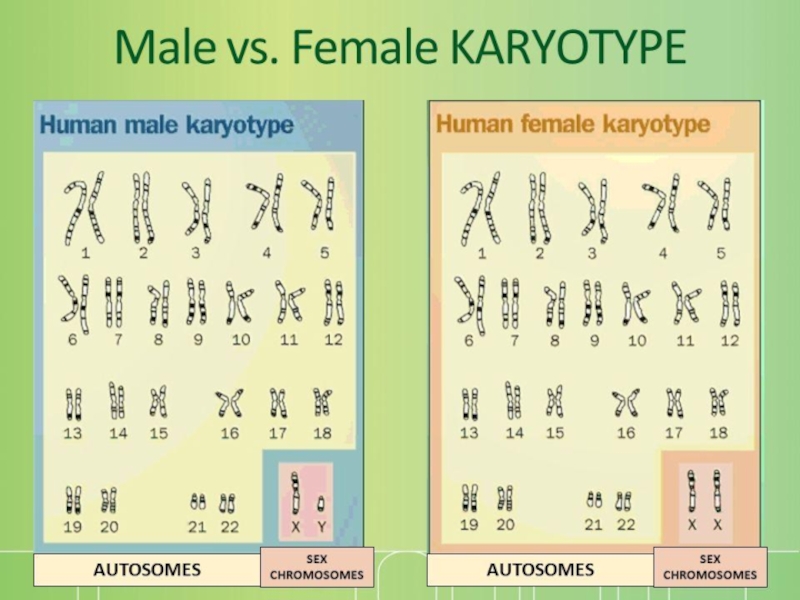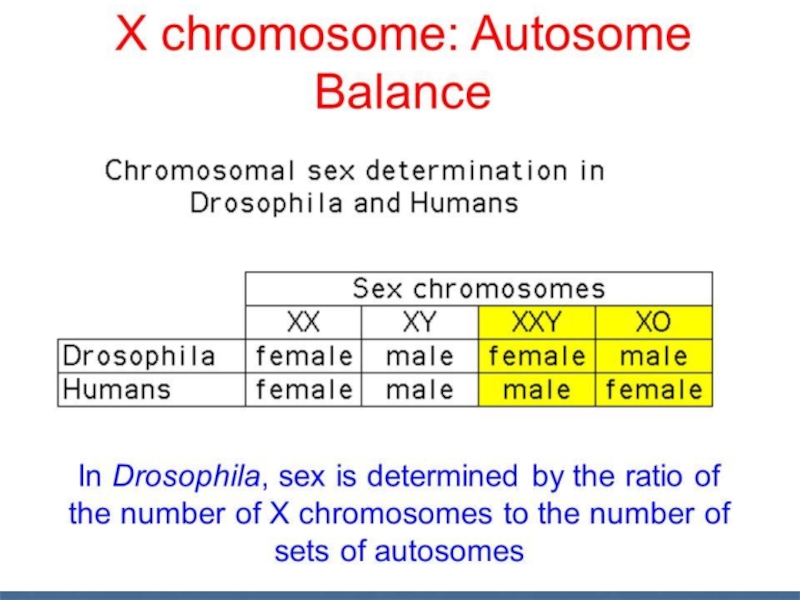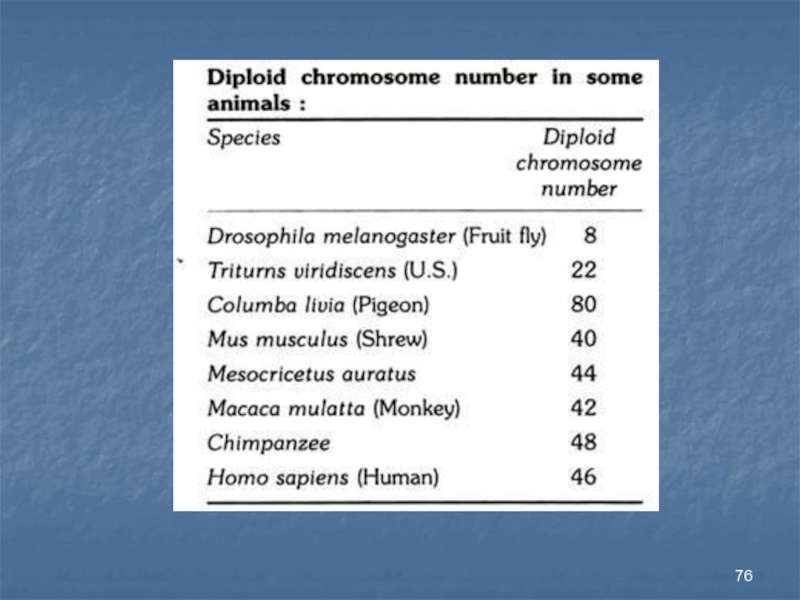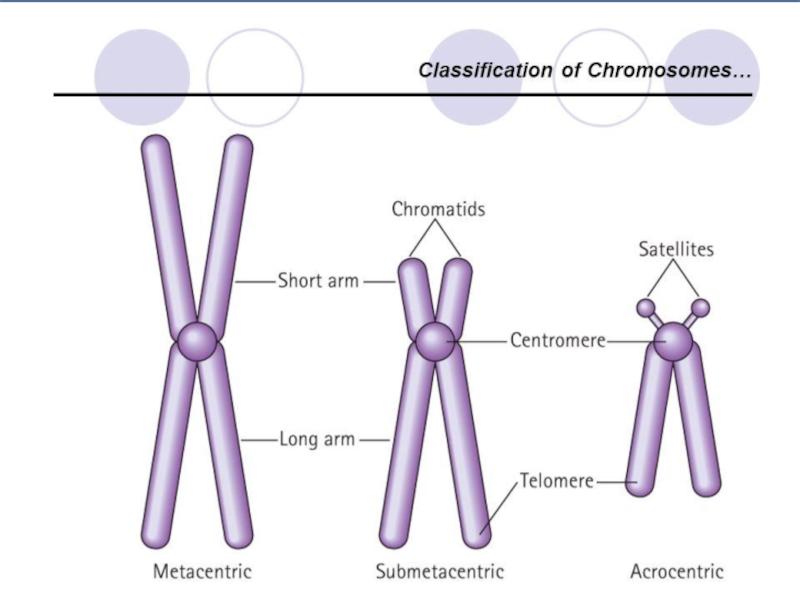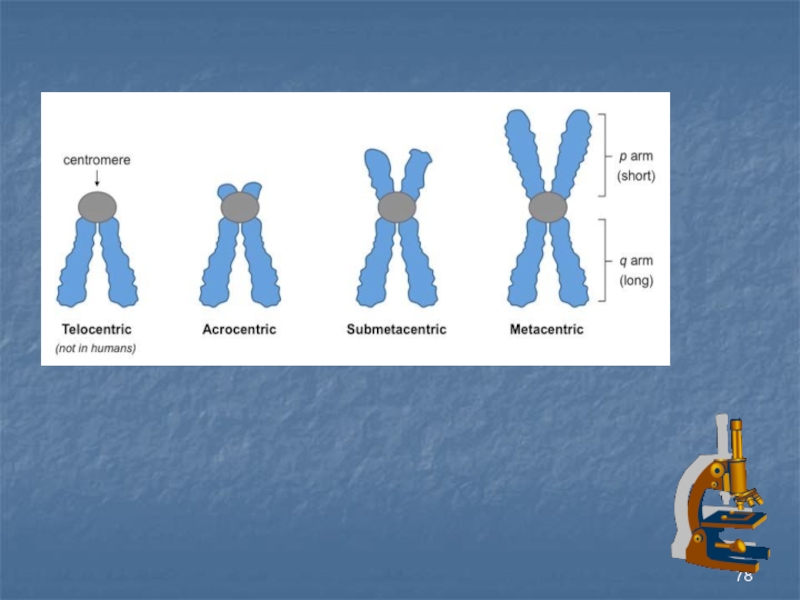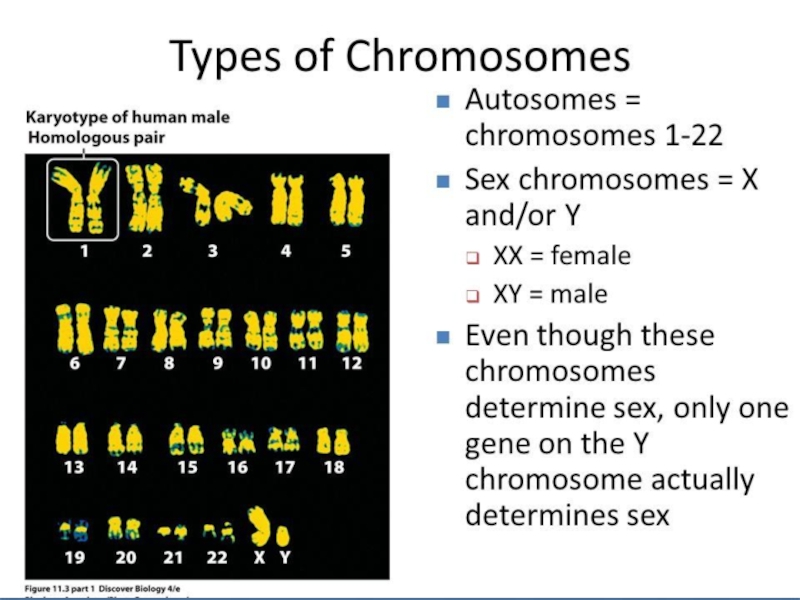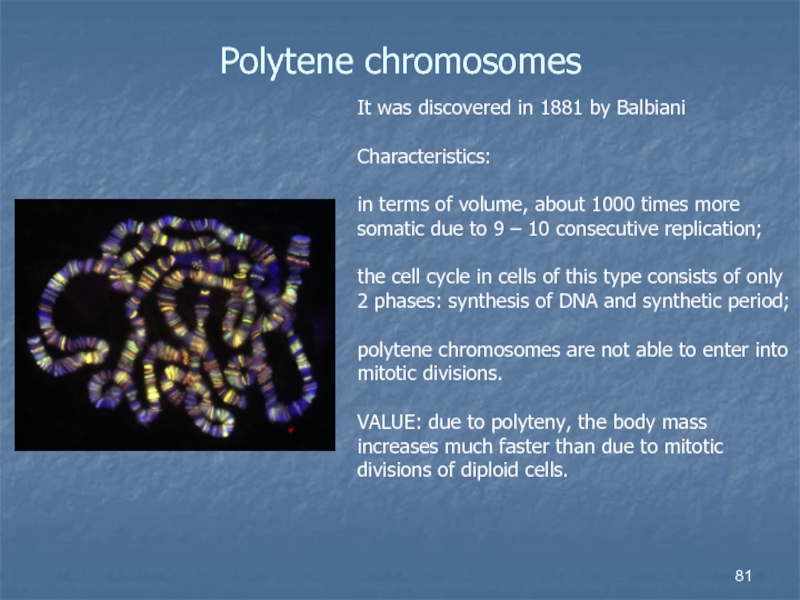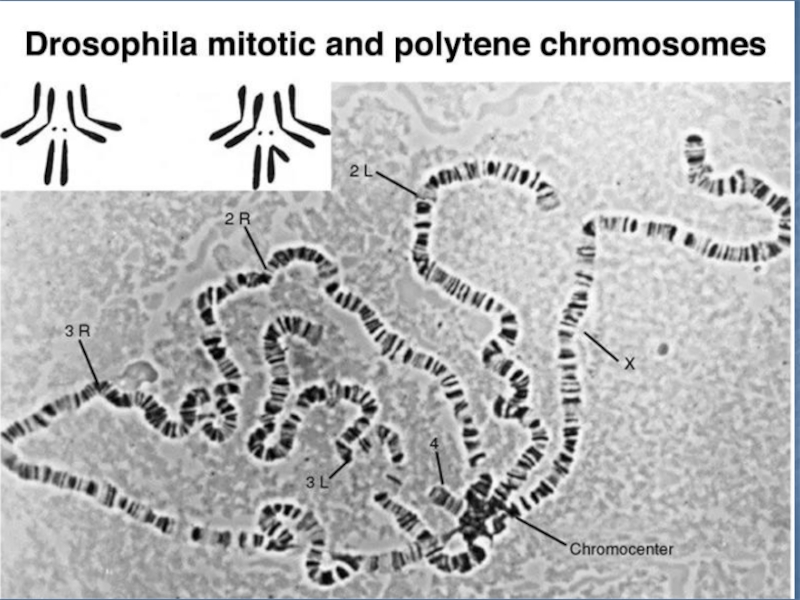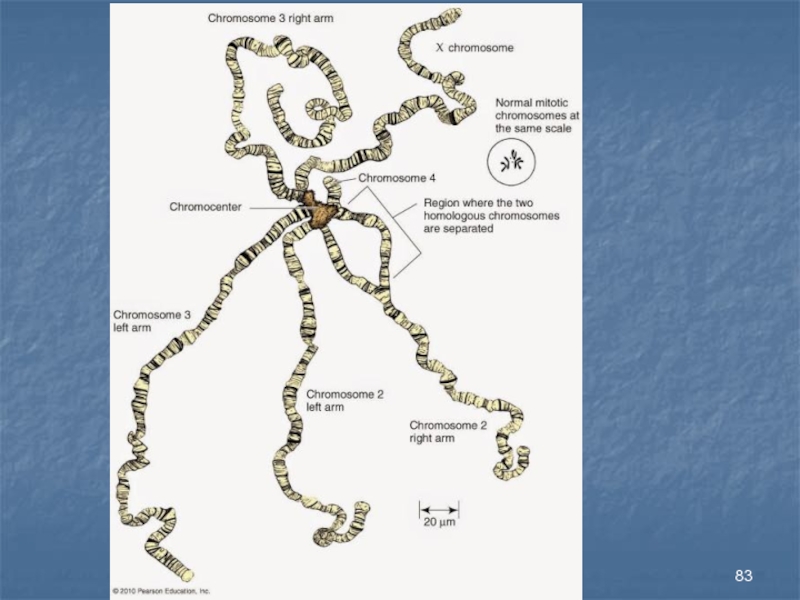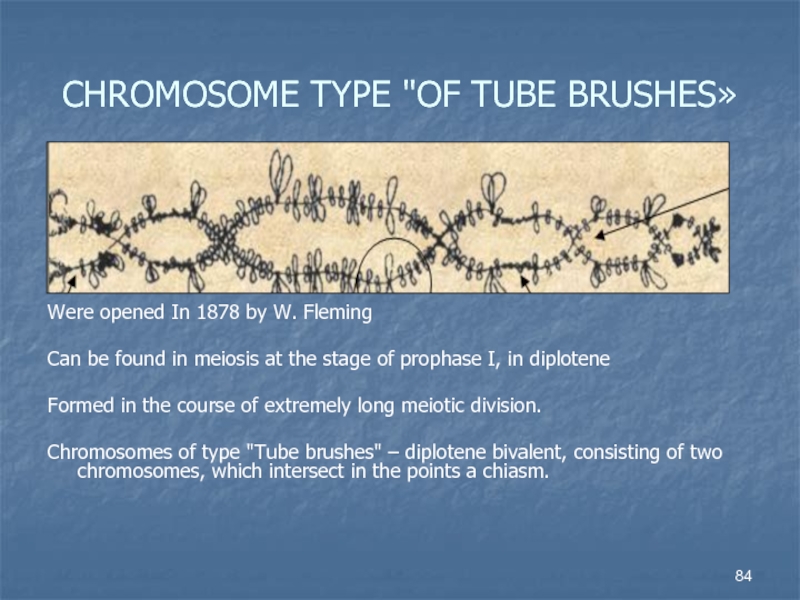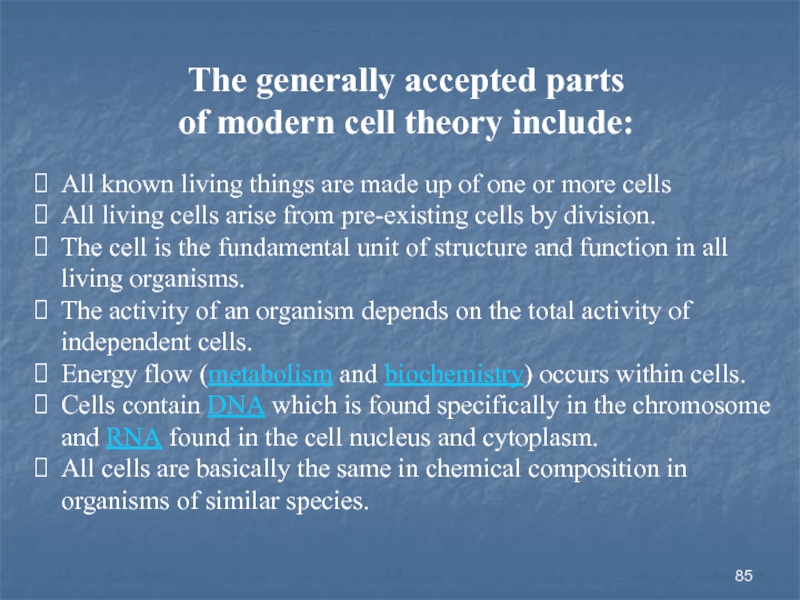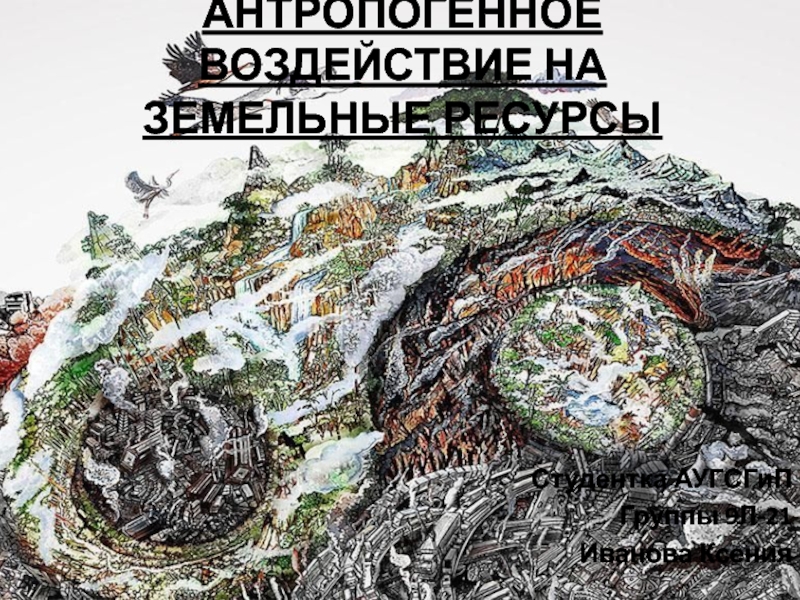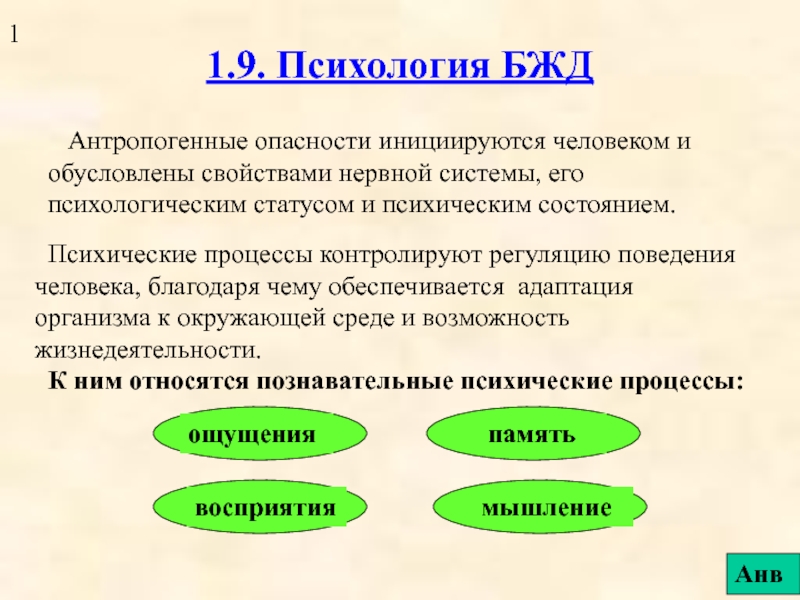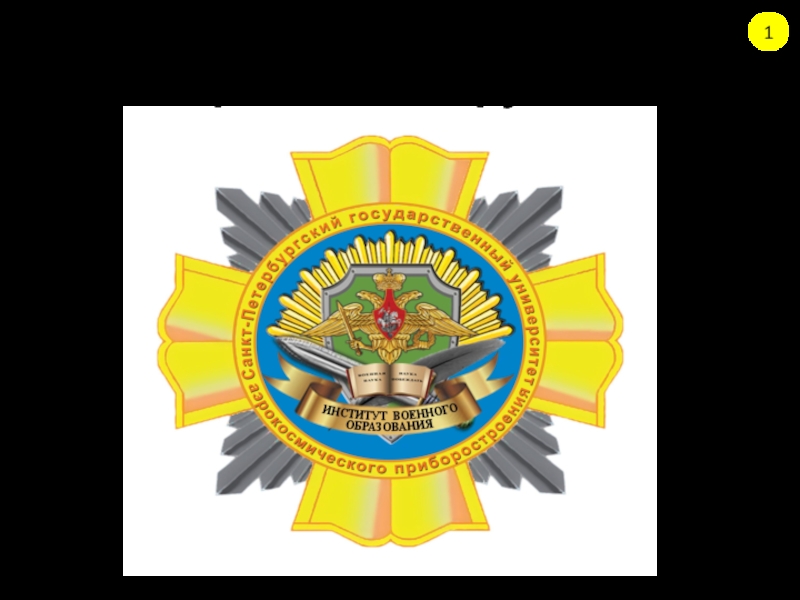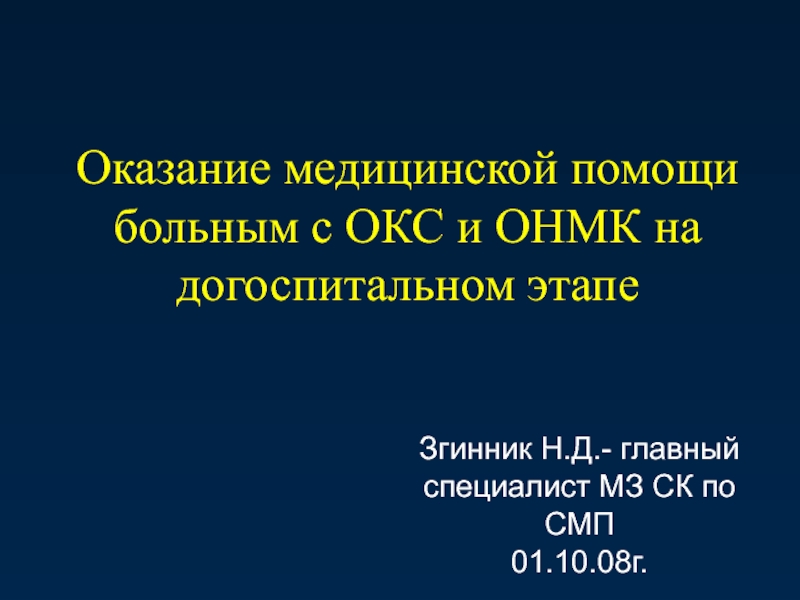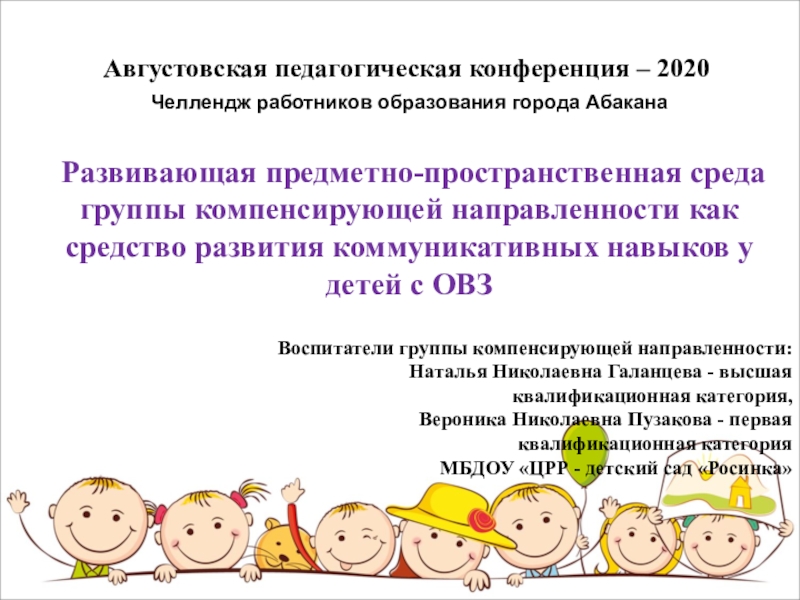Разделы презентаций
- Разное
- Английский язык
- Астрономия
- Алгебра
- Биология
- География
- Геометрия
- Детские презентации
- Информатика
- История
- Литература
- Математика
- Медицина
- Менеджмент
- Музыка
- МХК
- Немецкий язык
- ОБЖ
- Обществознание
- Окружающий мир
- Педагогика
- Русский язык
- Технология
- Физика
- Философия
- Химия
- Шаблоны, картинки для презентаций
- Экология
- Экономика
- Юриспруденция
Cellular Level of Organization
Содержание
- 1. Cellular Level of Organization
- 2. Слайд 2
- 3. Topics:RESEARCH METHODS IN CYTOLOGYCell. Membrane organellesCell. REMEMBRANCE ORGANELLESNucleus, chromosome
- 4. Topic: RESEARCH METHODS IN CYTOLOGY
- 5. RESEARCH METHODS IN CYTOLOGYQUESTIONSWhat studies Cytology.The
- 6. RESEARCH METHODS IN CYTOLOGYWhat studies Cytology
- 7. RESEARCH METHODS IN CYTOLOGYWhat studies Cytology
- 8. Cell theoryIn the XVII century. Robert Hooke,
- 9. The main positions of the cell theory
- 10. The main positions of the cell theory
- 11. Слайд 11
- 12. RESEARCH METHODS IN CYTOLOGYResearch methods in
- 13. RESEARCH METHODS IN CYTOLOGYModern research methodsThe
- 14. RESEARCH METHODS IN CYTOLOGYFractionation methodThe method
- 15. The stages of fractionation of the cellCell
- 16. RESEARCH METHODS IN CYTOLOGYLiterature listMolecular Biology
- 17. Topic: Cell. Membrane organelles
- 18. Questions:General outline of the cell structureFeatures of
- 19. General outline of the cell structure
- 20. Слайд 20
- 21. SHELL(cell wall + cytoplasmic membrane in plants
- 22. Features of the prokaryotic structureCapsule (pectin mucosa)Cell
- 23. Comparison of plant and animal cells:TYPE OF
- 24. Слайд 24
- 25. Biological membraneProtein molecules (80-20%) immersed in lipid
- 26. Слайд 26
- 27. Слайд 27
- 28. Слайд 28
- 29. Слайд 29
- 30. Слайд 30
- 31. Слайд 31
- 32. Transport of substances through the plasma membraneACTIVE
- 33. Слайд 33
- 34. Topic: Membrane organelles
- 35. Слайд 35
- 36. Слайд 36
- 37. Слайд 37
- 38. Слайд 38
- 39. Слайд 39
- 40. Слайд 40
- 41. Hypotheses of increasing the number of mitochondria
- 42. Слайд 42
- 43. Слайд 43
- 44. Слайд 44
- 45. Слайд 45
- 46. Topic: CELL. REMEMBRANCE ORGANELLES
- 47. RESEARCH METHODS IN CYTOLOGYQuestions :Cell wallMicrotubulesMicrofilamentCell centerRibosomes
- 48. Слайд 48
- 49. Cell wall in bacteria
- 50. Слайд 50
- 51. Слайд 51
- 52. Слайд 52
- 53. Слайд 53
- 54. Слайд 54
- 55. Слайд 55
- 56. Слайд 56
- 57. Слайд 57
- 58. Слайд 58
- 59. Topic: Nucleus. CHROMOSOME
- 60. Questions:Structure and functions of the nuclear apparatus
- 61. Слайд 61
- 62. Chromosome The chromosome is a permanent component
- 63. Слайд 63
- 64. Слайд 64
- 65. Слайд 65
- 66. Слайд 66
- 67. Слайд 67
- 68. Слайд 68
- 69. Слайд 69
- 70. Слайд 70
- 71. Слайд 71
- 72. Functions of chromosomes1. Information - contains DNA,
- 73. KaryotypeKaryotype - chromosomal complex species with
- 74. Слайд 74
- 75. Слайд 75
- 76. Слайд 76
- 77. Слайд 77
- 78. Слайд 78
- 79. Слайд 79
- 80. Слайд 80
- 81. Polytene chromosomesIt was discovered in 1881 by
- 82. Слайд 82
- 83. Слайд 83
- 84. CHROMOSOME TYPE "OF TUBE BRUSHES»Were opened In
- 85. The generally accepted parts of modern cell
- 86. Скачать презентанцию
Слайды и текст этой презентации
Слайд 3Topics:
RESEARCH METHODS IN CYTOLOGY
Cell. Membrane organelles
Cell. REMEMBRANCE ORGANELLES
Nucleus, chromosome
Слайд 5RESEARCH METHODS
IN CYTOLOGY
QUESTIONS
What studies Cytology.
The idea that organisms are
made up of cells.
the duration of some stages of the cell cycle by radio.Слайд 6RESEARCH METHODS
IN CYTOLOGY
What studies Cytology (I)
Cytology - the science
of the cell.
From among other biological Sciences, it stood
out almost 100 years ago. For the first time generalized information about the structure of cells were collected in the book Zh.-B. Karnua «Сell Biology", published in 1884.
Modern Cytology studies:
structure of cells, their functioning as elementary living systems;
the functions of individual cell components;
the process of reproduction of cells and their reparations;
adaptation to environmental conditions and many other processes that allow to judge the properties and functions common to all cells.
Cytology also considers the features of the structure of specialized cells.
Слайд 7RESEARCH METHODS
IN CYTOLOGY
What studies Cytology (II)
Cytology is closely related
to
Biochemistry
Biophysics
Molecular biology
Genetics
The discipline "Cytology" refers to the fundamental sections of
biology, because it explores and describes the only unit of all life on Earth – the cell.Слайд 8Cell theory
In the XVII century. Robert Hooke, a physicist and
biologist, characterized by great ingenuity, created a microscope. He called
small units cells.in 1839, Matthias Schleiden (Germany) and Theodor Schwann (Germany) independently formulated the cell theory
Слайд 9The main positions of the cell theory (I)
The cell is
the basis of structural and functional organization of plants and
animals;Plant and animal cells are similar in structure and develop similarly (by dividing the original cell);
Cells in all organisms have a membrane structure;
The nucleus of a cell represents its main regulatory organoid;
Cellular structure of living organisms is the evidence of the unity of their origin
Слайд 10The main positions of the cell theory (II)
Additions were made
to the cell theory in the period of 1855-1859
Rudolf
Virchow (Germany):Cells arise only from cells through reproduction. This point of the cell theory excludes the possibility of cell formation from the non-cellular material;
The cell is a unit of pathology..
Слайд 12RESEARCH METHODS
IN CYTOLOGY
Research methods in Cytology
Ordinary light microscopy, which
has not lost its role.
Polarizing microscopy.
Ultraviolet microscopy.
Fluorescence microscopy.
Phase-contrast microscopy.
Electron
microscopyСлайд 13RESEARCH METHODS
IN CYTOLOGY
Modern research methods
The most useful in modern
times were:
1) Electron microscopy;
2) Fractionation of cells by
which biochemists can identify a relatively pure fraction of cells contain certain organelles, and to study, thus separate they are interested in metabolic reactions; 3) radioautography, which made it possible to directly study the individual metabolic reactions occurring in organelles.
Слайд 14RESEARCH METHODS
IN CYTOLOGY
Fractionation method
The method allows:
to separate different
organelles of the cell in a relatively pure form;
determine the
chemical composition of organelles and enzymes contained in them;on the basis of the data obtained to draw conclusions about the functions of organelles in the cell.
to determine the chemical composition and enzymatic activity of the selected organelles.
Слайд 15The stages of fractionation of the cell
Cell fractionation by centrifugation
Repeated
centrifugation at progressively higher speeds will fractionate homogenates of cells
into their components. In general, the smaller the subcellular component, the greater is the centrifugal force required to sediment it.Typical values for the various centrifugation steps referred to in the figure are:
Слайд 16RESEARCH METHODS
IN CYTOLOGY
Literature list
Molecular Biology of the Cell. 4th
edition.
Alberts B, Johnson A, Lewis J, et al. New York: Garland
Science; 2002Слайд 18Questions:
General outline of the cell structure
Features of the structure of
prokaryotic cells
Comparison of plant and animal cells
Characteristic of
membranesLysosomes
Golgi apparatus
Endoplasmic reticulum
Mitochondria
Plastids
Vacuole
Metabolic cycle in a cell
Слайд 21SHELL
(cell wall + cytoplasmic membrane in plants
or cytoplasmic membrane
in animals)
PROTOPLASM
(the contents of the cell)
KARYOPLASM
(nucleus substance)
CYTOPLASM
(all other contents of
the cell)CYTOSOL
(soluble part of cytoplasm)
ORGANOIDS
(structurally and functionally isolated parts of the cytoplasm)
SPARE NUTRIENTS
(organic and inorganic)
Cell
MEMBRANOUS
Lysosomes, Golgi apparatus, endoplasmic reticulum, mitochondria, plastids
Non-MEMBRANE
Cell center, microtubules, microfilaments, cilia, flagella
Слайд 22Features of the prokaryotic structure
Capsule (pectin mucosa)
Cell wall
Cytoplasmic membrane (CPM)
Nucleoid
Plasmids
Mesosome
Ribosomes
(size -
Fimbriae (pili)
Flagellum
Cytoplasm
(ring DNA, membrane of the cytoplasm is not
separated)(contains murein, not cellulose)
Photosynthetic membrane
(invagination inside the CPM cells, a functional analog of the chloroplast)
(invagination inside the CPM cells, a functional analog of the mitochondrial)
(flagellin's protein thread moves due to the rotation of the inner ring, not the contraction of the thread itself)
(70 S, but not 80 S)
(contain additional genetic material)
(attachment to substrate and absorption of nutrients)
Слайд 23Comparison of plant and animal cells:
TYPE OF NUTRITION
AUTOTROPHIC
(synthesis of organic
substances from inorganic)
HETEROTROPHIC
(synthesis of organic substances only from organic
Plant cell
Animal
cellCell wall
PLASTIDS
(the organelles responsible for autotrophic type of nutrition)
VACUOLE
in lower animals performs a digestive function
ATP synthesis
mitochondria, chloroplasts
mitochondria
CELLULAR CENTRE
only in lower animals
SPARE CARBOHYDRATES
starch
glycogen
Слайд 25Biological membrane
Protein molecules (80-20%) immersed in lipid bilayer (20-80%)
GLYCOCALYX
PERIPHERAL PROTEINS
INTEGRAL
PROTEINS
recognition of external signals adhesion of cells in the tissue
immune
responseform a hydrophilic channel - pore
transported through the membrane of certain substances (are carriers)
Слайд 32Transport of substances through the plasma membrane
ACTIVE TRANSPORT
PASSIVE TRANSPORT
(DIFFUSION)
ENDOCYTOSIS
EXOCYTOSIS
PHAGOCYTOSIS
PINOCYTOSIS
TRANSFER
PENETRATION
Ordinary DIFFUSION
Facilitated
DIFFUSION
Binding of the dissolved substance
Carrier inversion
Release of dissolved substance
PERMEASE
As well
as the active transport is carried out by using protein vectorsСлайд 41Hypotheses of increasing the number of mitochondria in a cell:
Mitochondria
are formed from precursors (promitochondria)
Mitochondria are formed from other membrane
organelles of the cellThe increase in the number of mitochondria in the cell occurs as a result of the division of the mitochondria
Слайд 47RESEARCH METHODS
IN CYTOLOGY
Questions :
Cell wall
Microtubules
Microfilament
Cell center
Ribosomes
Слайд 60Questions:
Structure and functions of the nuclear apparatus of the cell
Definition
of chromosome
Structure and function of chromosomes
Types of chromosomes
Chromosomes of
"tube brushes" typePolytene chromosomes
B-chromosomes
Слайд 62Chromosome
The chromosome is a permanent component of the nucleus, characterized
by a special structure, personality, function and ability to reproduce
itself, which ensures the continuity and transmission of hereditary information from one generation of living organisms to another.Its name was due to the ability to intensely colored basic dyes. The term "chromosome" was proposed in 1888 by Valldaura.
Слайд 72Functions of chromosomes
1. Information - contains DNA, which contains qualitatively
different genes that make up the genome of the cell.
2.
Transcription – the reading of the information contained therein in the course of gene expression.3. Structural and organizational - provides extremely accurate reproduction of chromosomes during replication and identity of child chromosomes diverging to the poles.
4. Segregation - provides distribution of chromosomes along the poles in different spores or gametes in meiosis.
5. Recombination - provides a significant part of the combinative variability - recombination of linked genes.
Слайд 73Karyotype
Karyotype - chromosomal complex species with its own characteristics:
the number and size of chromosomes;
their morphology;
the presence
of under a light microscope parts of the structure, constrictions, satellites, shoulder ratio, alternation of EU-and heterochromatin.
The most important property of the karyotype is the presence of pairs of homologous chromosomes.
Слайд 81Polytene chromosomes
It was discovered in 1881 by Balbiani
Characteristics:
in terms of
volume, about 1000 times more somatic due to 9 –
10 consecutive replication;the cell cycle in cells of this type consists of only 2 phases: synthesis of DNA and synthetic period;
polytene chromosomes are not able to enter into mitotic divisions.
VALUE: due to polyteny, the body mass increases much faster than due to mitotic divisions of diploid cells.
Слайд 84CHROMOSOME TYPE "OF TUBE BRUSHES»
Were opened In 1878 by W.
Fleming
Can be found in meiosis at the stage of prophase
I, in diploteneFormed in the course of extremely long meiotic division.
Chromosomes of type "Tube brushes" – diplotene bivalent, consisting of two chromosomes, which intersect in the points a chiasm.
Слайд 85The generally accepted parts
of modern cell theory include:
All known
living things are made up of one or more cells
All
living cells arise from pre-existing cells by division.The cell is the fundamental unit of structure and function in all living organisms.
The activity of an organism depends on the total activity of independent cells.
Energy flow (metabolism and biochemistry) occurs within cells.
Cells contain DNA which is found specifically in the chromosome and RNA found in the cell nucleus and cytoplasm.
All cells are basically the same in chemical composition in organisms of similar species.
